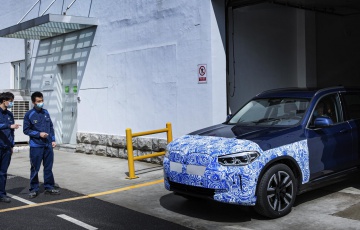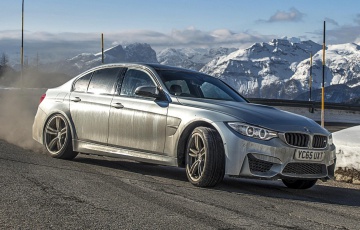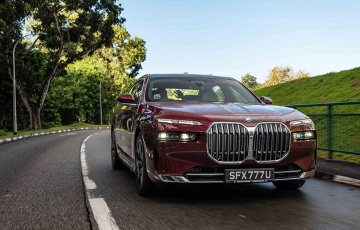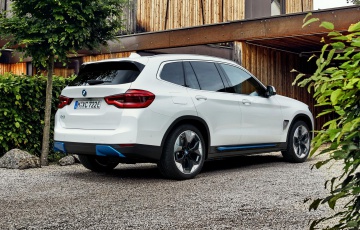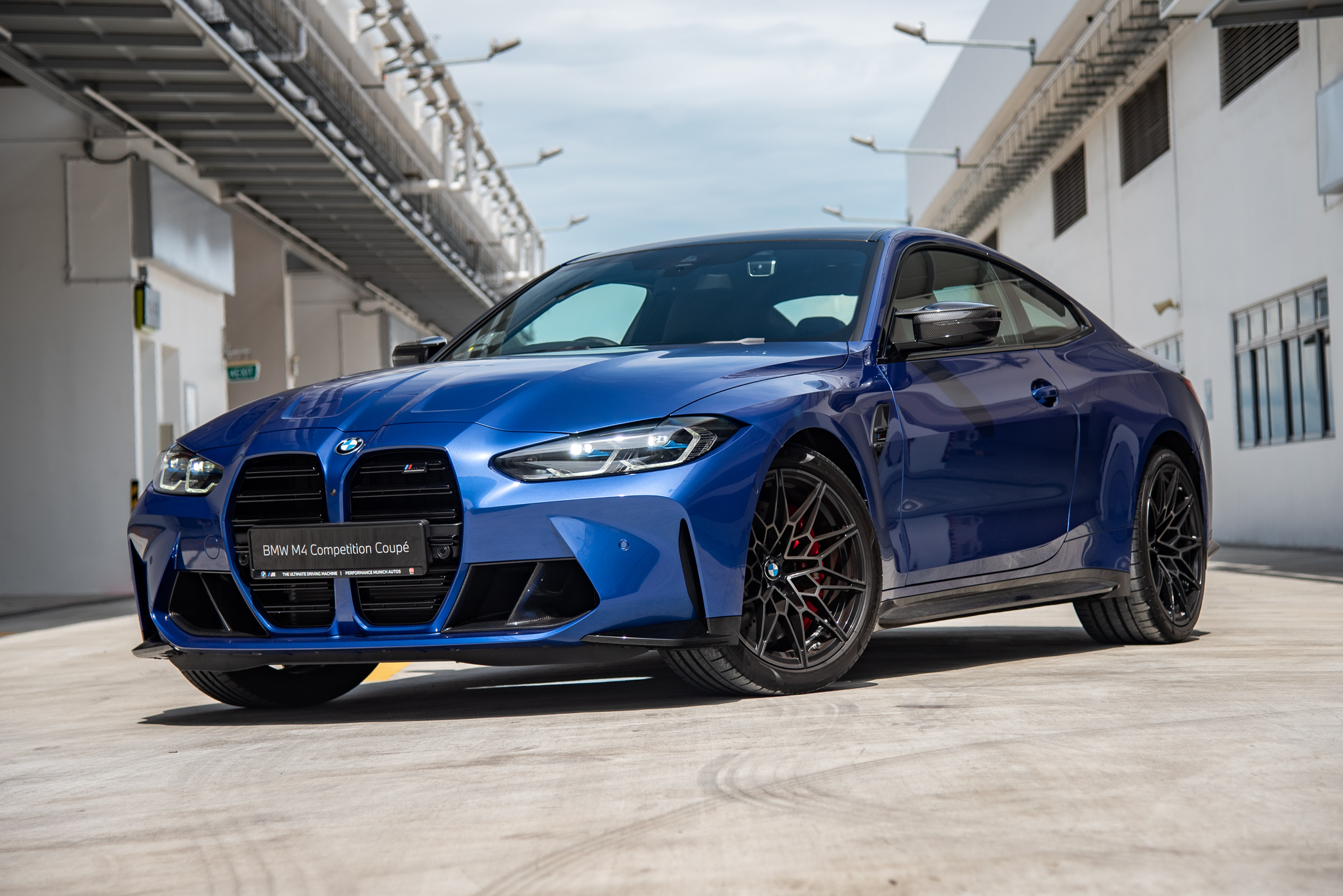
An M-Four The History Books : 2021 BMW G82 M4 Competition
Singapore - The BMW M3 and M4 have had a long and storied history, with deep-seated roots stemming from the brand’s exploits in DTM and touring car championships.
The latest coupe is the culmination of BMW M’s pursuit of performance, and it is still very much the performance coupe that has set the industry standard since it first came out in the eighties.
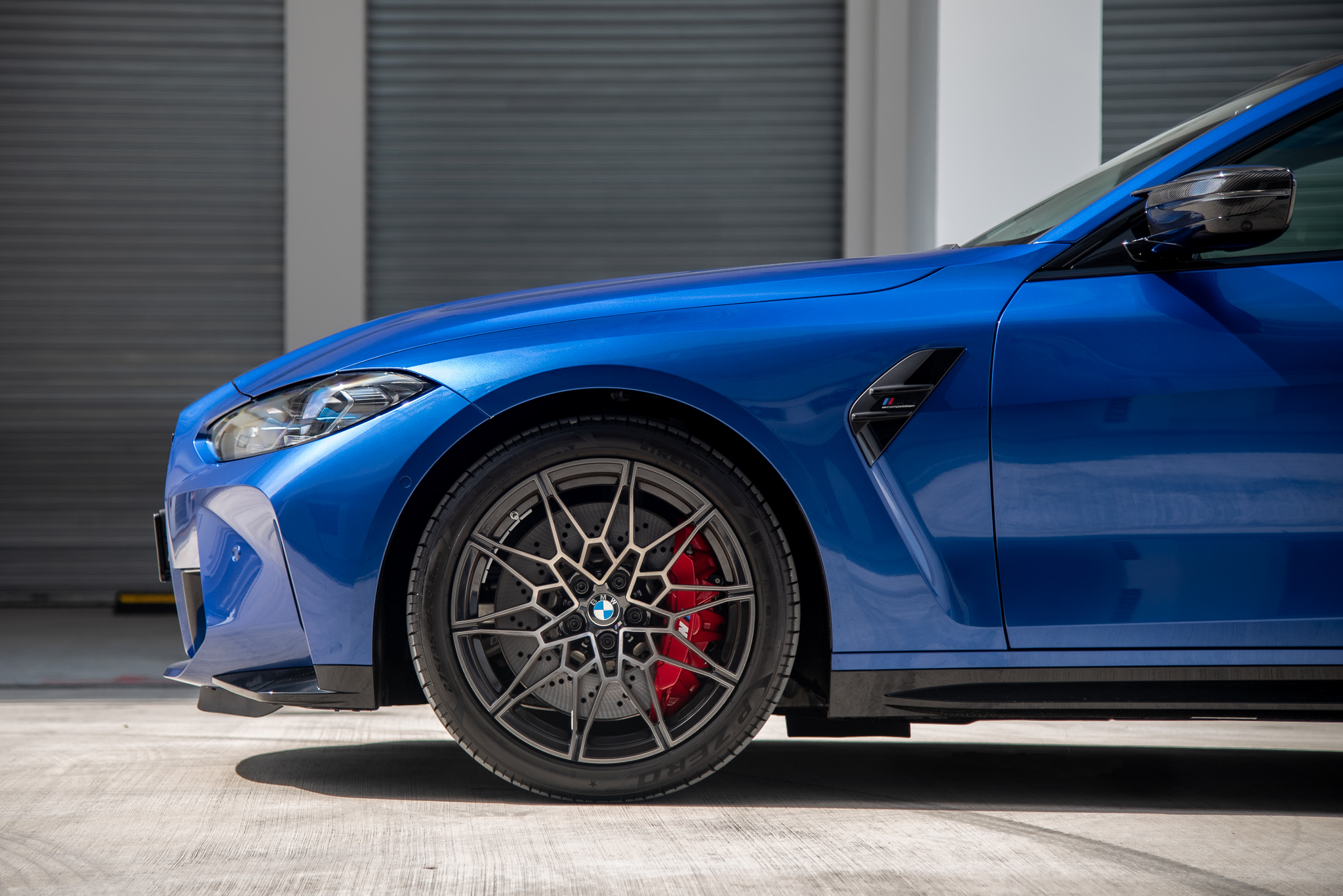
Everyone remembers the prominence of the BMW M4 when it first emerged a couple of years ago. The previous car broke tradition by being fitted with a turbocharged engine, a first in the lineage of these track-bred cars. It also bore a new name, M4. But that wasn’t always the case.
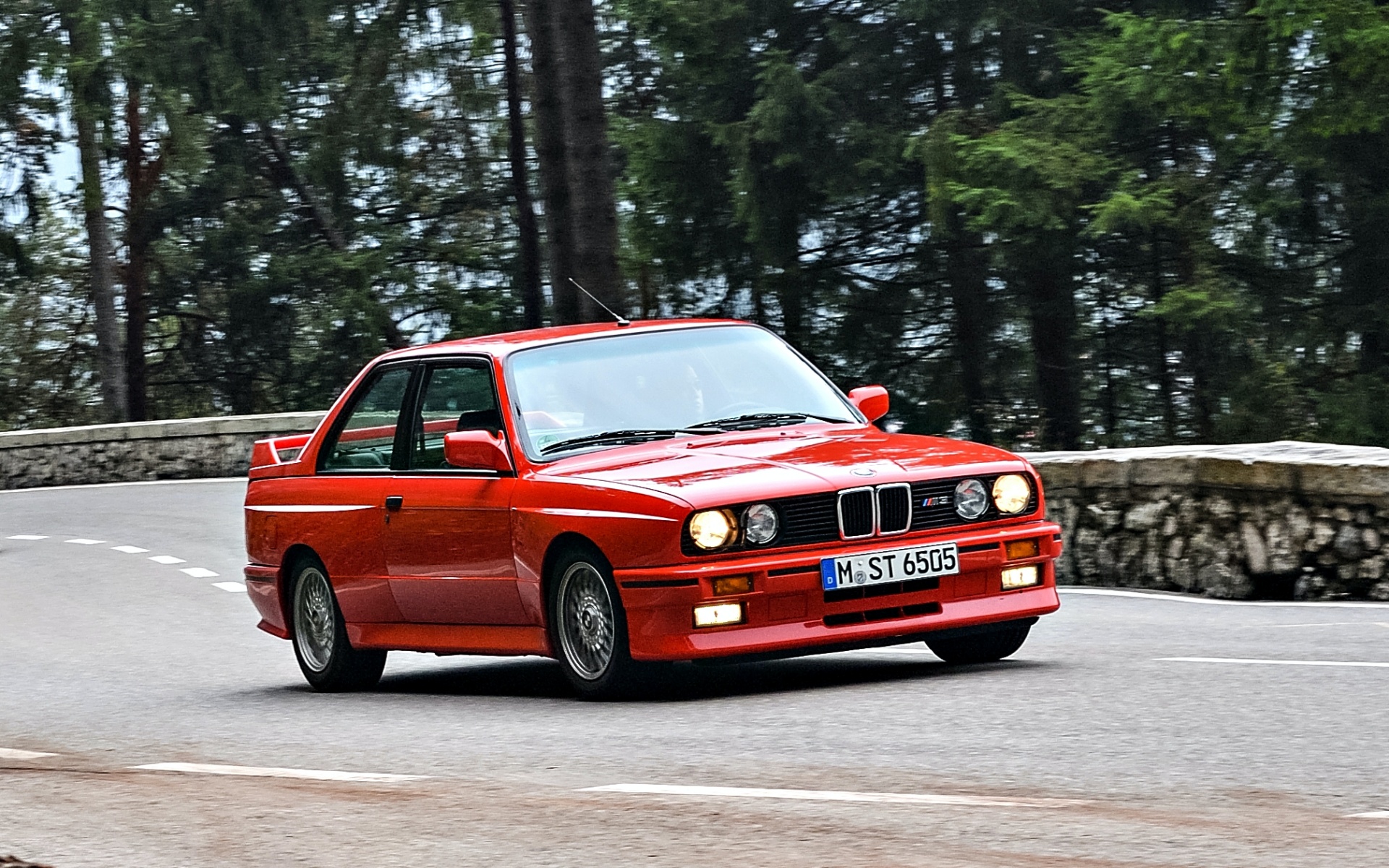
Let’s cast our minds back to the eighties. BMW’s Motorsports Division, as it was originally called, was vying for the DTM championship and needed a car to take the fight to the established competition.
The original E30 M3 (click HERE to read about our drive in the E30 M3) was built as a homologation special with an initial production run of just 5,000 units to qualify the M3 race car under FIA Group A regulations.
Visually, the car had wider arches than the standard E30 3 Series, a rear wing, a more steeply raked rear window.
In fact, every body panel save for the bonnet was different than it was on the standard E30.
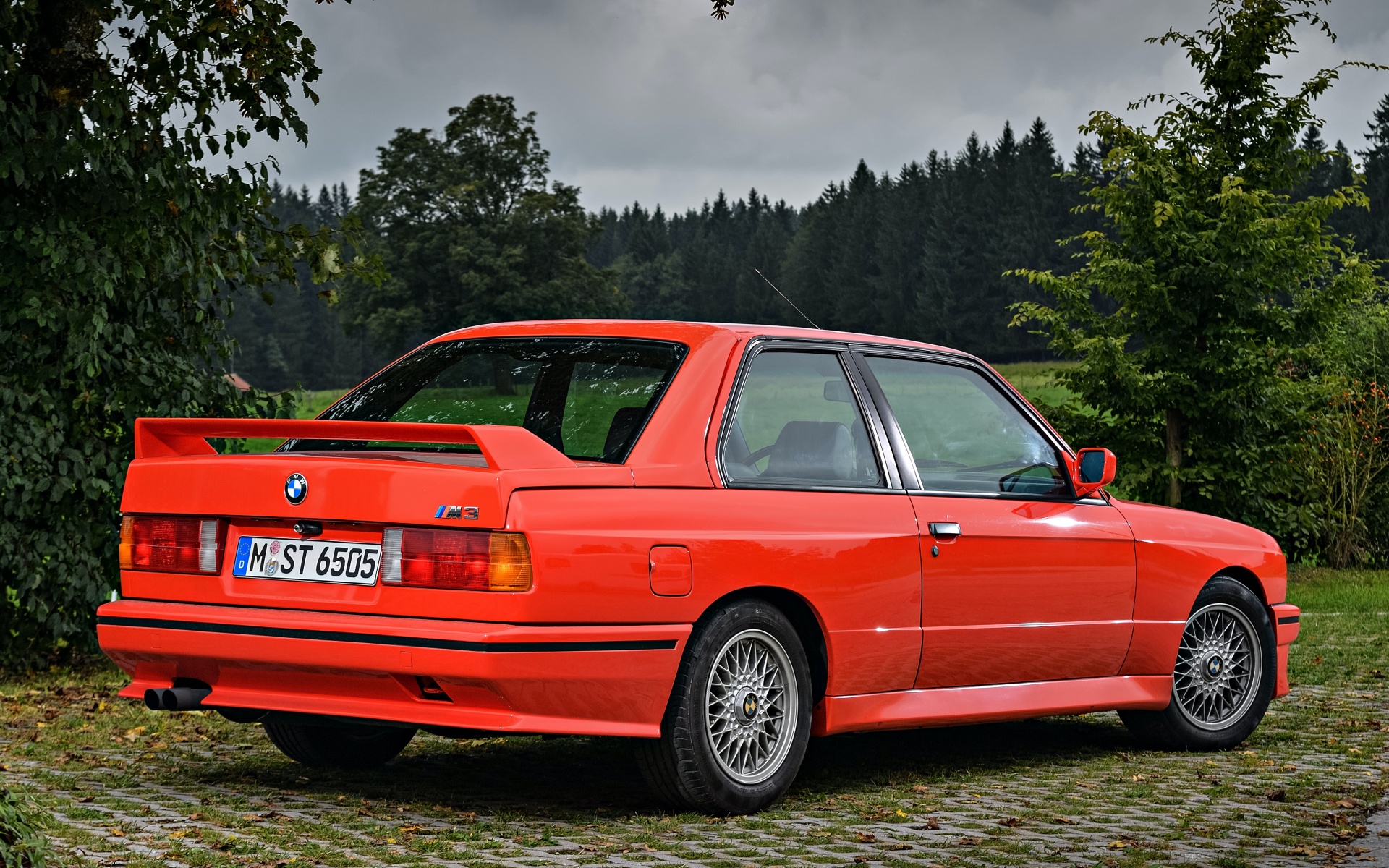
The E30 M3 saw significant changes under the skin too. The car had a wider track, stiff anti-roll bars, stiffer springs, uprated dampers and upgraded brakes.
Mounted up front was a 2.3-litre inline four-pot mated to the cylinder head from the BMW M1’s 3.0-litre straight-six, albeit with two cylinders shorn off.
The result of all that tinkering was an engine that produced 200 horsepower and could rev up to 6,750rpm.
Said tinkering only took fourteen days from the start to a finished working prototype.
And it worked. The car took home several championships and BMW went on to sell almost 18,000 units of the E30 M3, despite initial plans for it to be a homologation special.
It would later spawn more powerful Evolution 1 and 2 versions, as well as a final Sport Evolution iteration, which was powered by an even more powerful 2.5-litre inline-four that churned out 238 horsepower.
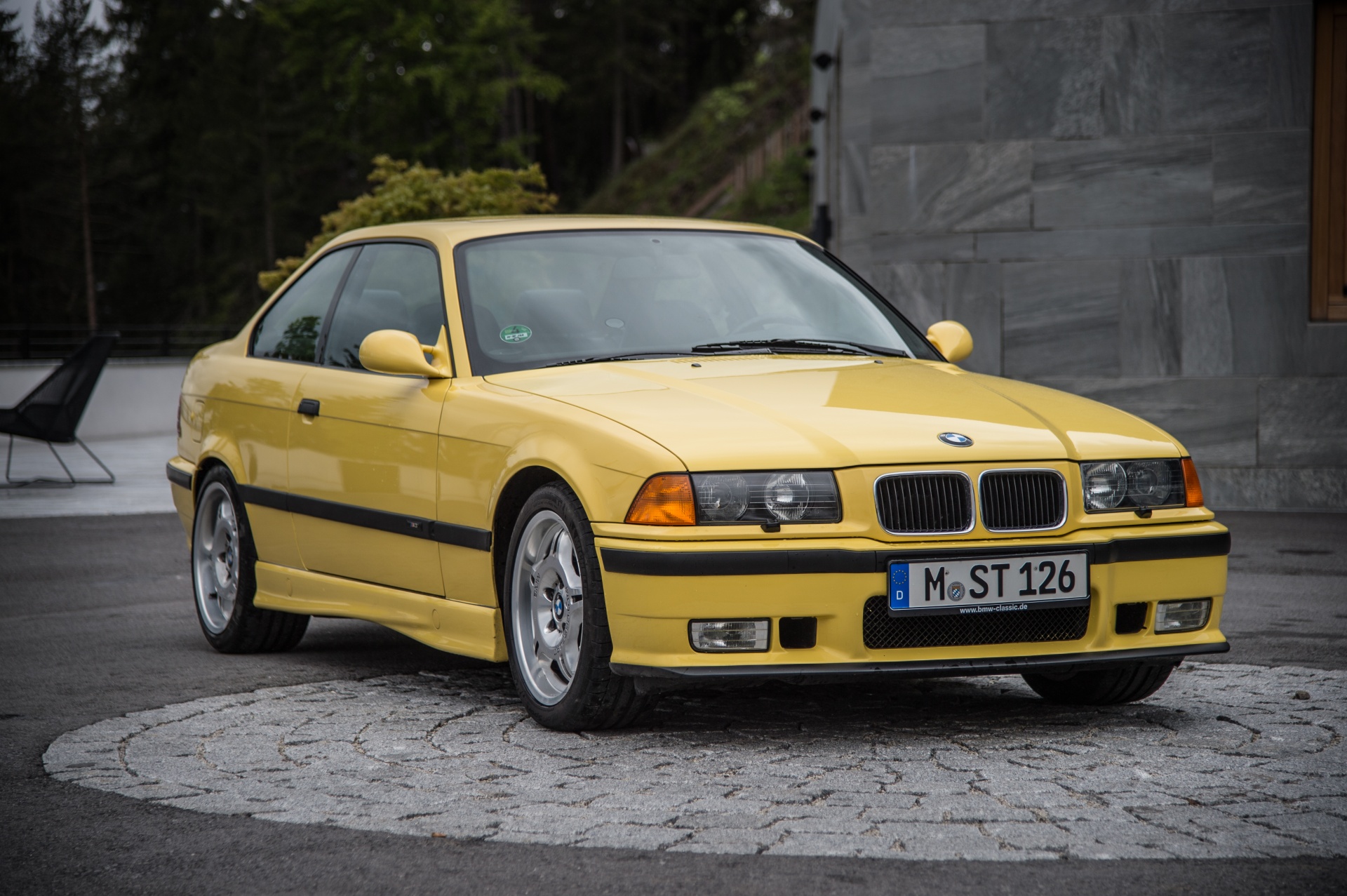
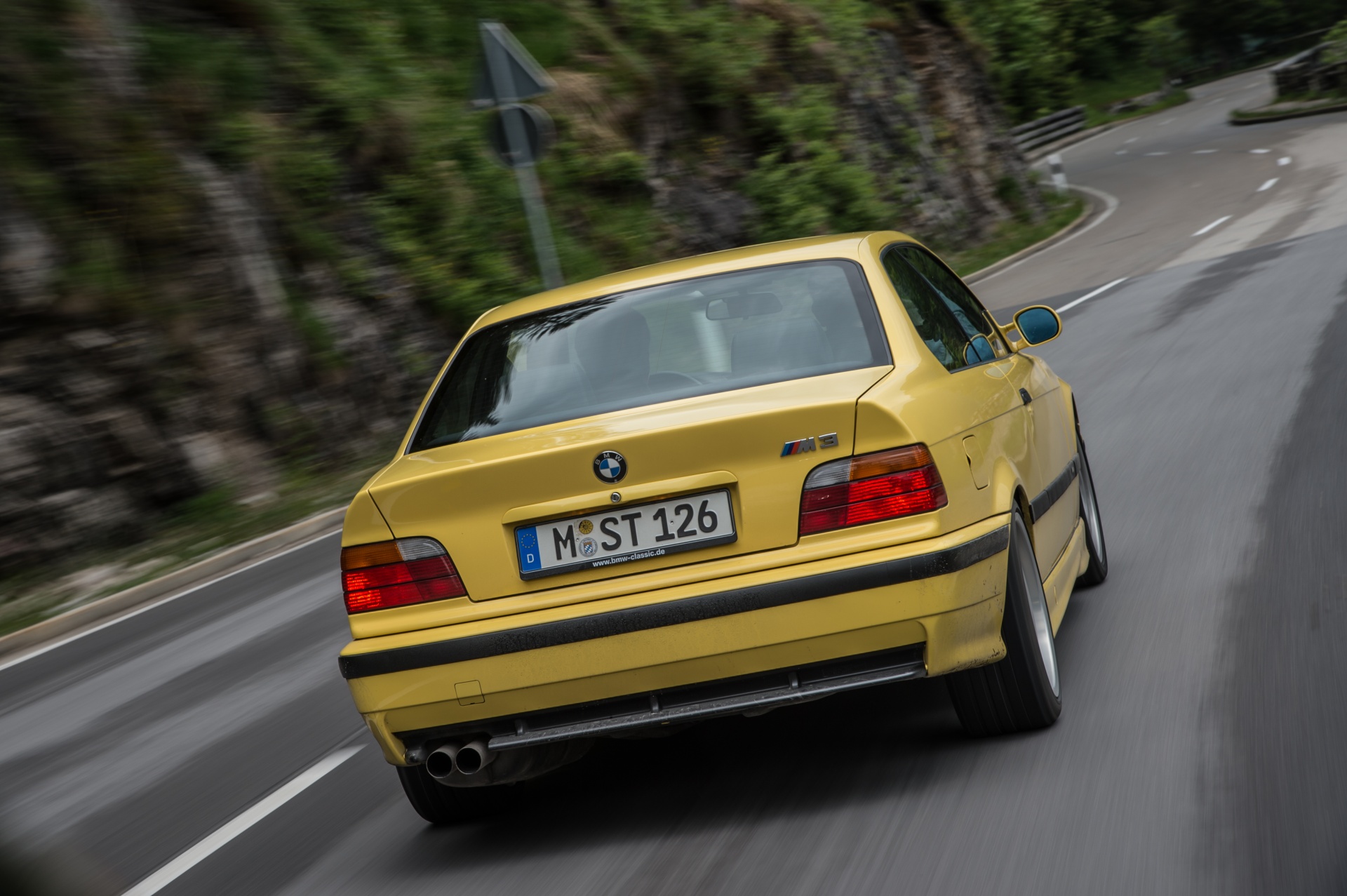
Following the stellar success of the E30 M3, BMW went on to produce the E36-generation M3.
It came as a 2-door coupe, a 4 door sedan and a convertible, making it the first of the M3 generations to have varying body styles.
Under the hood of the E36 M3 was a 3.0-litre inline 6-cylinder engine that developed 286 horsepower.
The E36 M3 also saw the introduction of BMW’s “SMG” automated manual transmission, which was lauded for quick shift times. However, the best was saved for last.
The facelifted E36 M3 would see its 3.0-litre engine bored out to 3.2-litres and produce 321 horsepower; A power figure that cracks the coveted 100 horsepower per litre specific output for a naturally-aspirated engine many brands were racing towards.
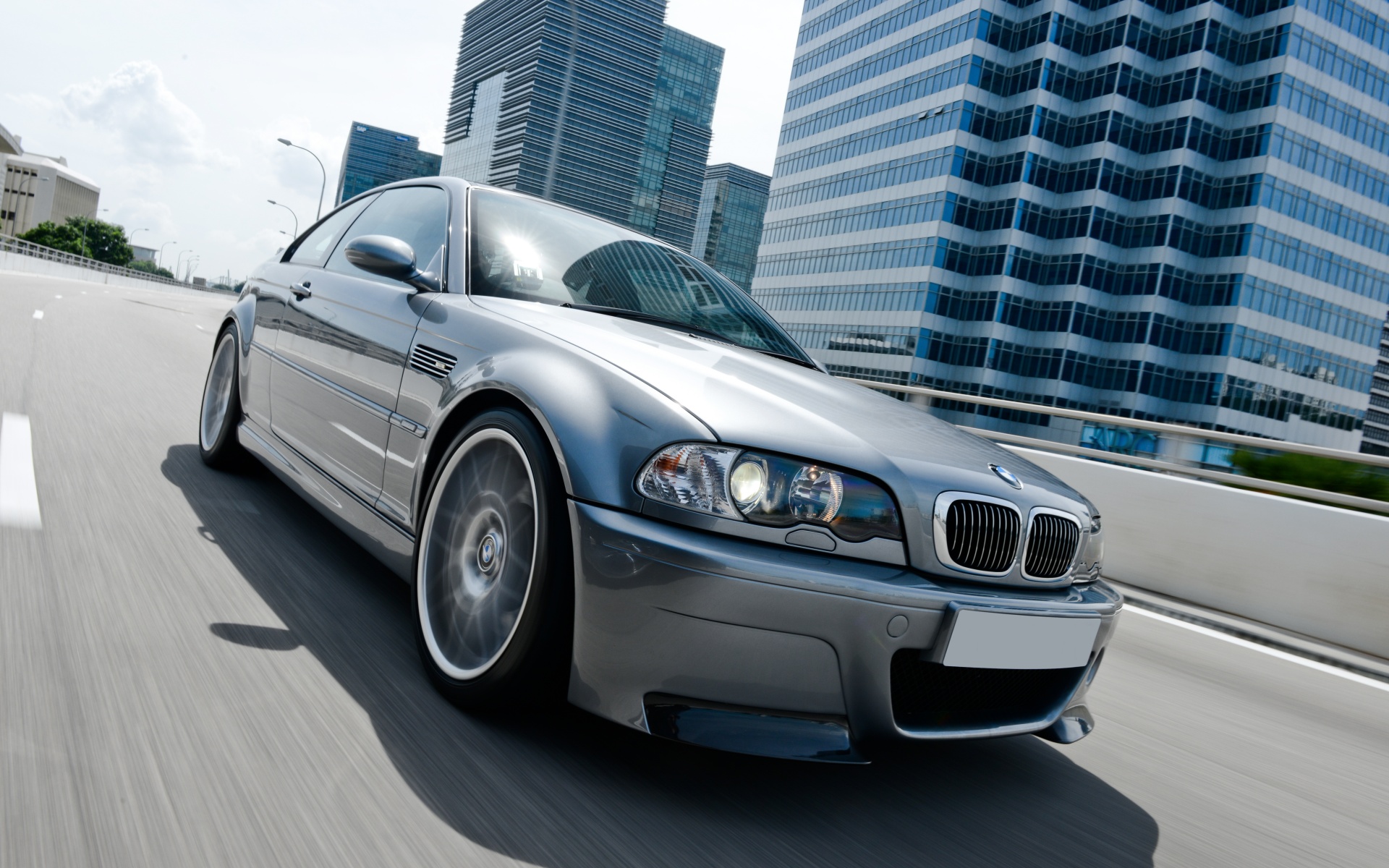
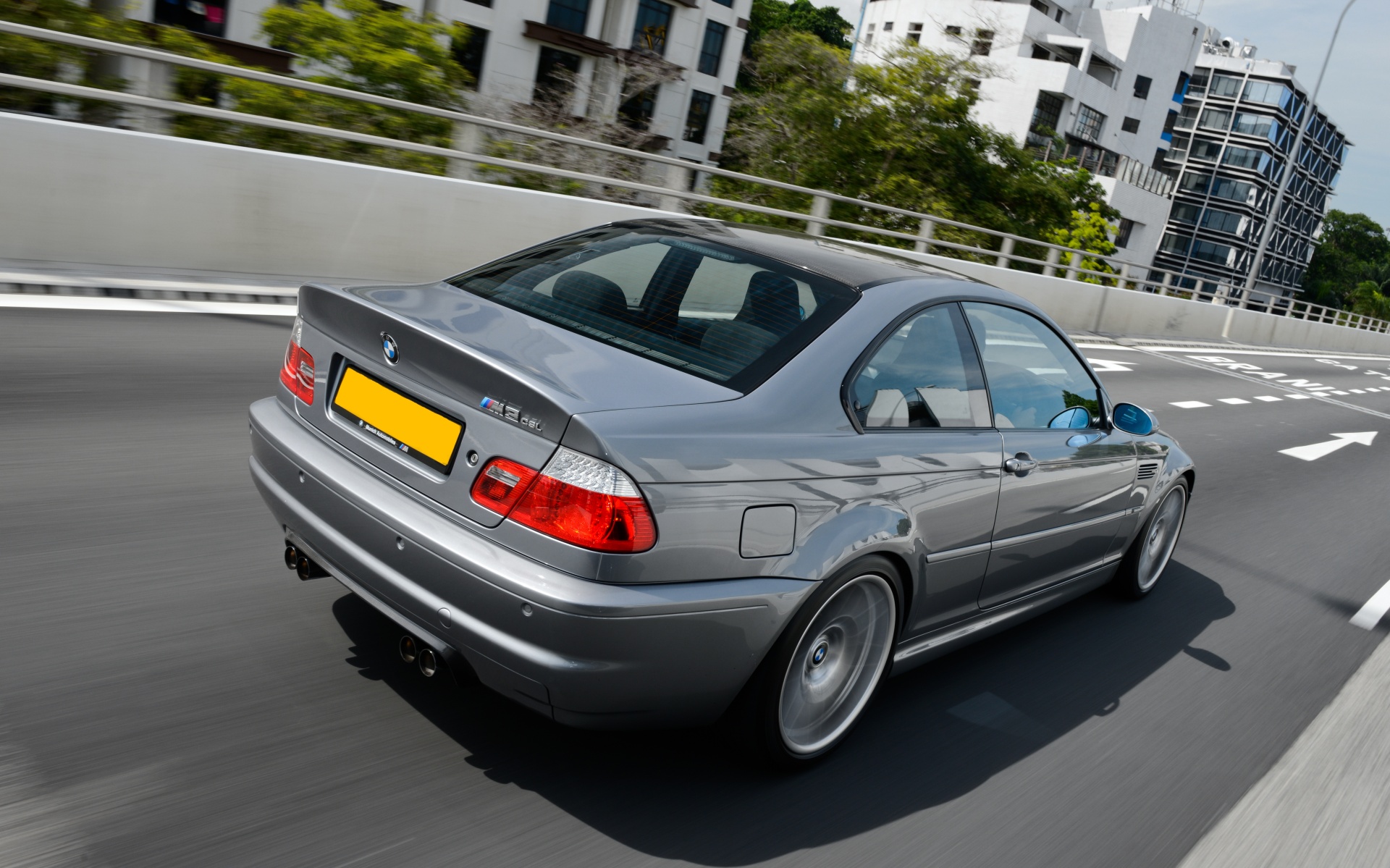
Following that was the E46 M3, with the widest of wide arches and the iconic vents on the fenders. This generation also saw the addition of a rather special variant of the M3: The M3 Coupe Sport Leichtbau, which roughly translates to Coupe Sport Lightweight. (Click HERE to read about our drive in the E46 M3 CSL)
And lightweight it was. The M3 CSL was 110kg lighter than the standard E46, thanks to extensive use of composites and a carbonfibre roof.
The M3 CSL produced 360 horsepower from its 3.2-litre straight-six engine and could sprint from 0-100km/h in 4.9 seconds, thanks to its SMG-II paddle-shift gearbox.
Then came the E92-Generation M3 with its glorious 4.0-litre naturally-aspirated V8 that produced in excess of 400 horsepower.
Also, it was the last of the M3 models to come in a coupe body shell and the last naturally-aspirated M3.
(Click HERE to read about our drive in the E90 M3 CRT and the F80 M3 Sedan)
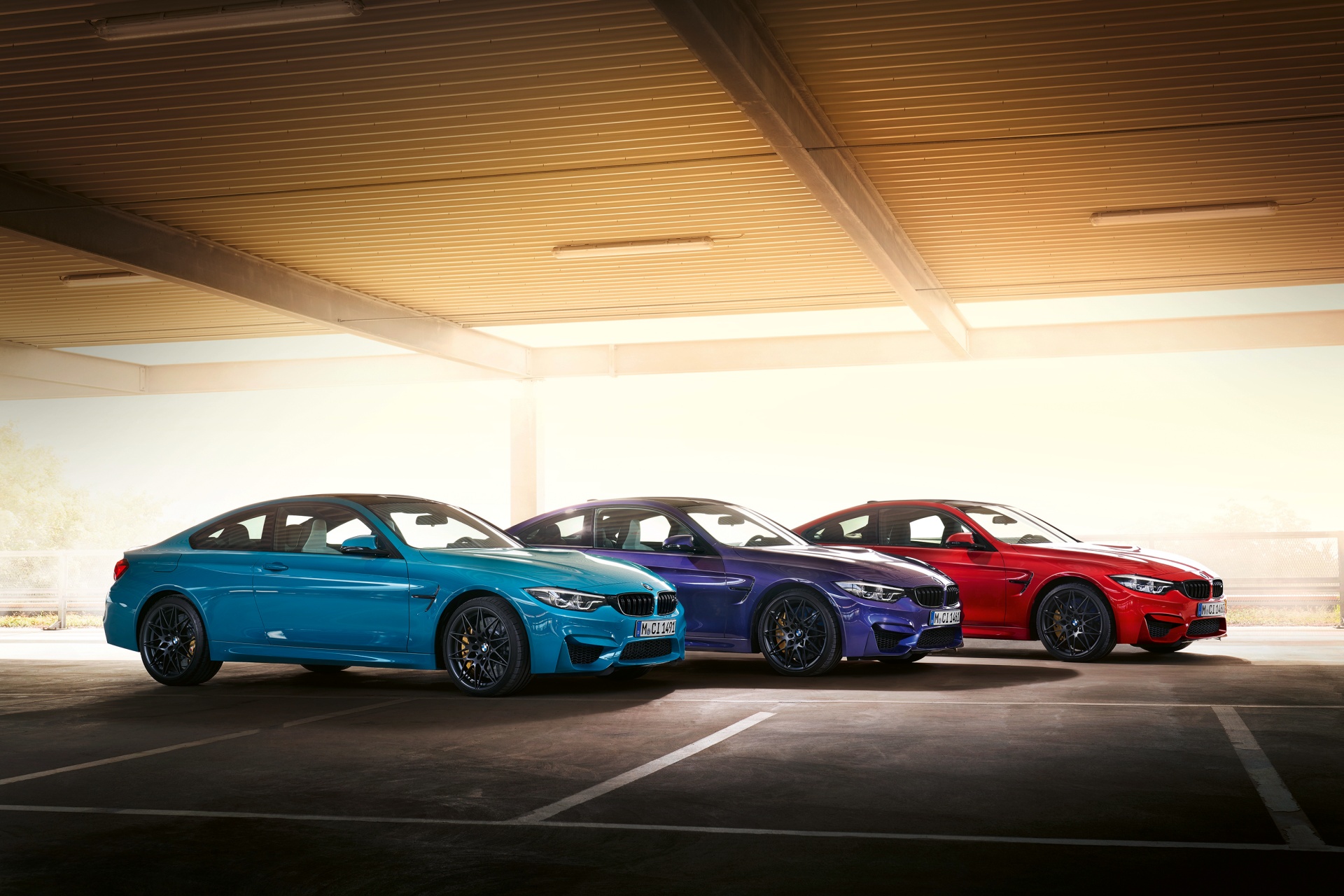
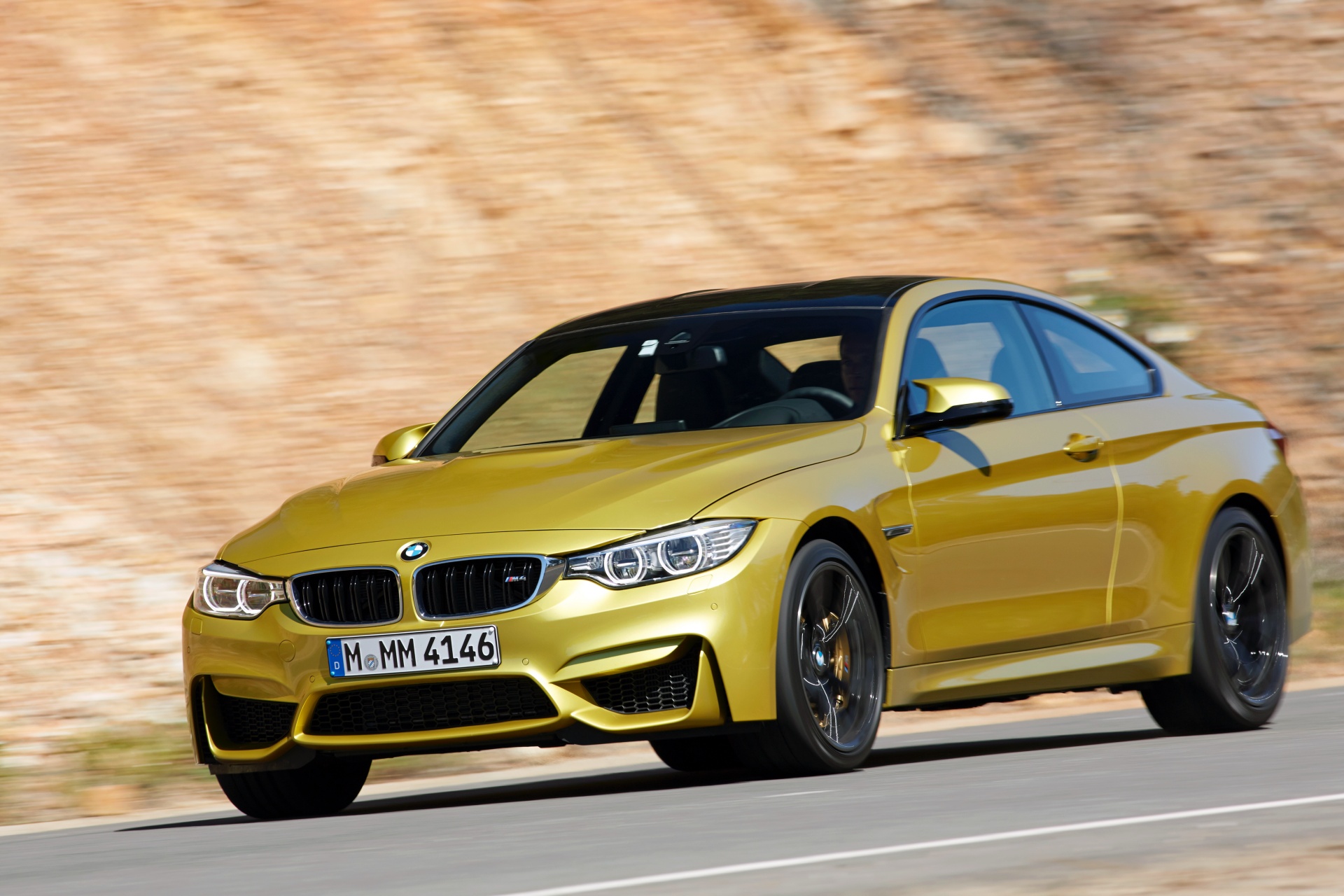
Odd nomenclature aside, the M3 moniker still exists. It’s just been assigned to the sedan versions of the M3. (Click HERE to read our First Drive Review of the G80 M3 Competition Sedan)
Part of BMW’s whole ethos of giving even numbers to their coupe silhouettes. Take the 2 Series, 4 Series and 8 Series for reference.
With BMW’s new naming convention, in came the very first F82-Generation M4 Coupe. The M4 came with all the bells and whistles befitting of an M car.
A twin-turbocharged straight-six engine churning out 435 horsepower. It also came with a double-clutch gearbox that enabled it to sprint from 0-100 in 4.1 seconds.
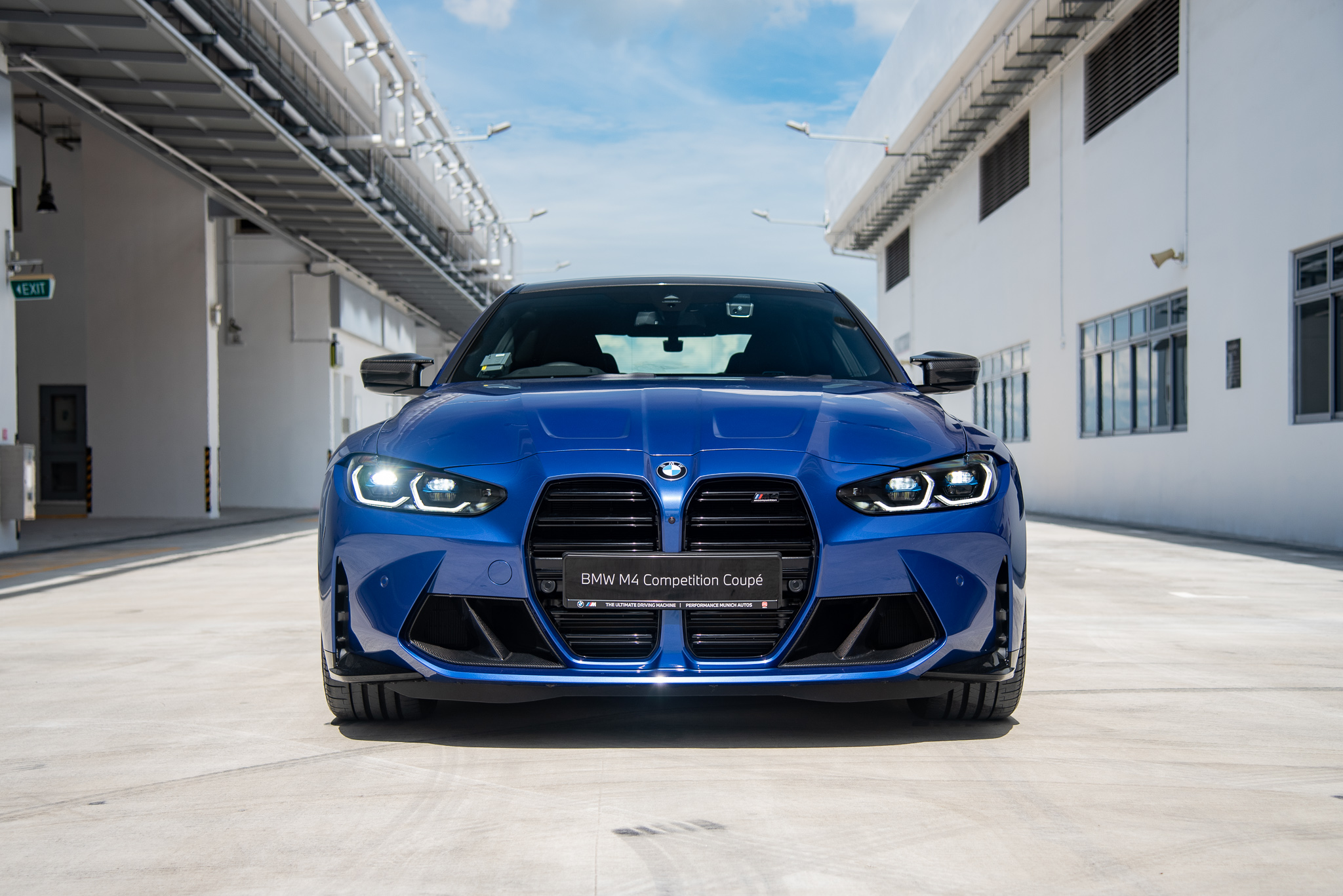
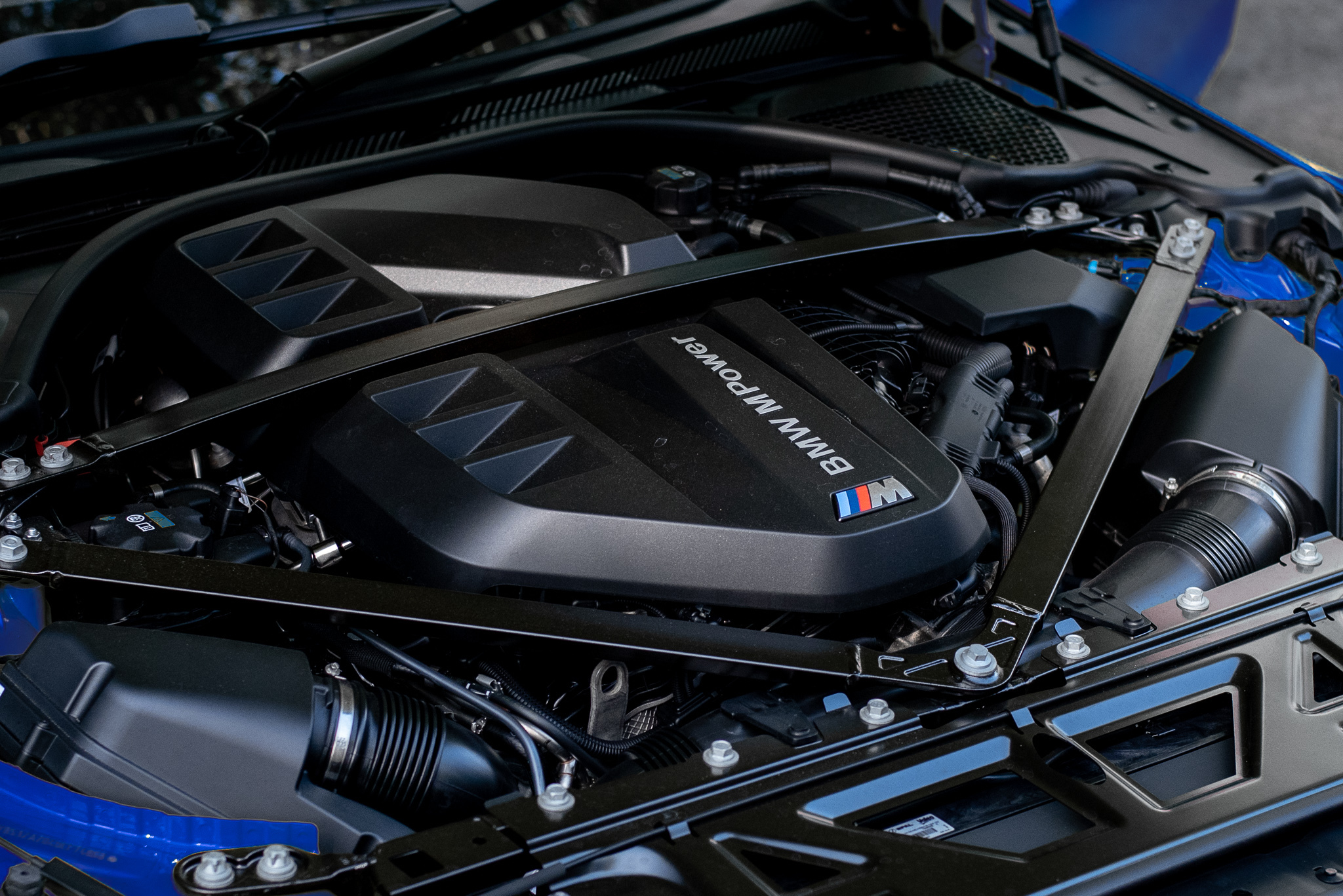
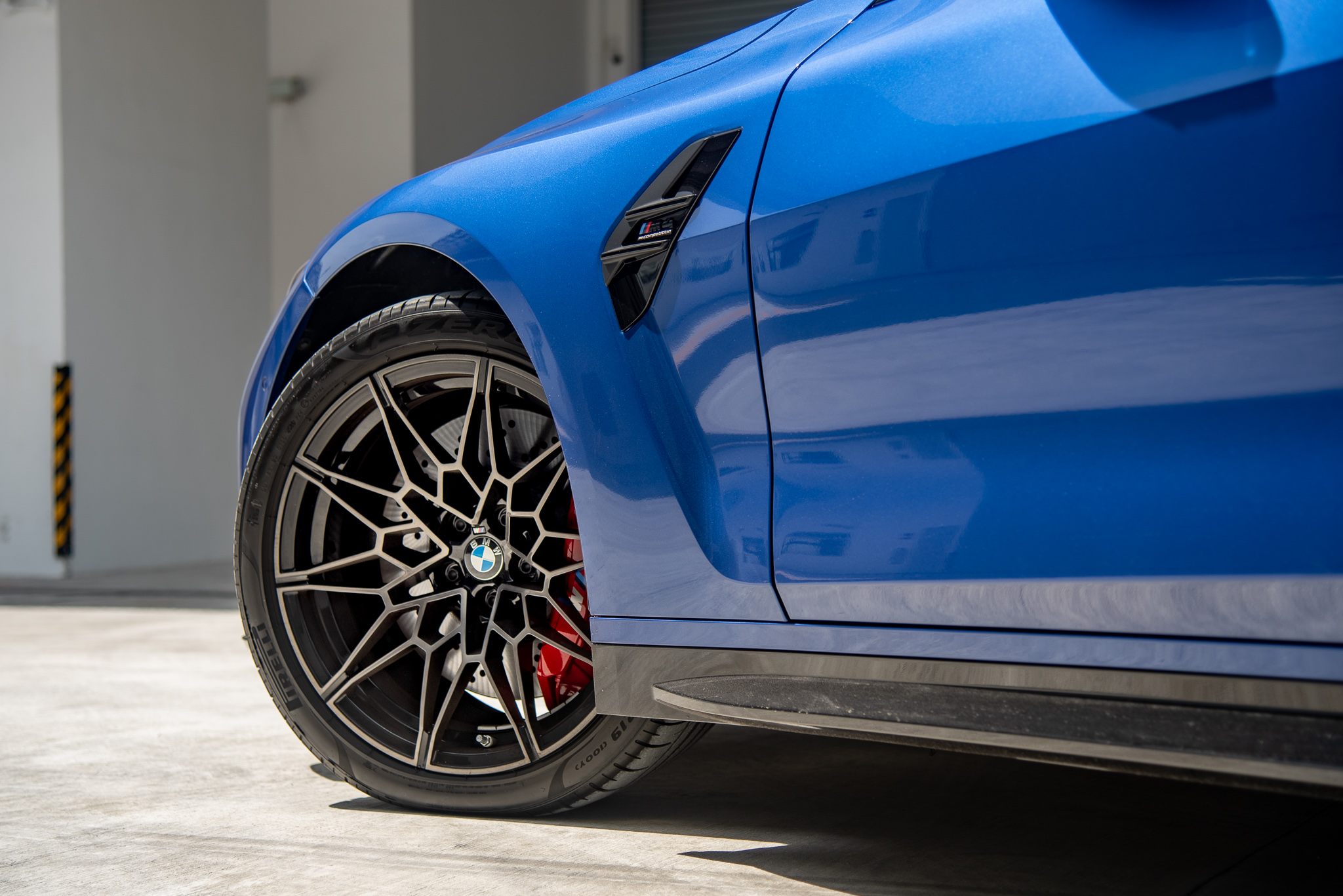
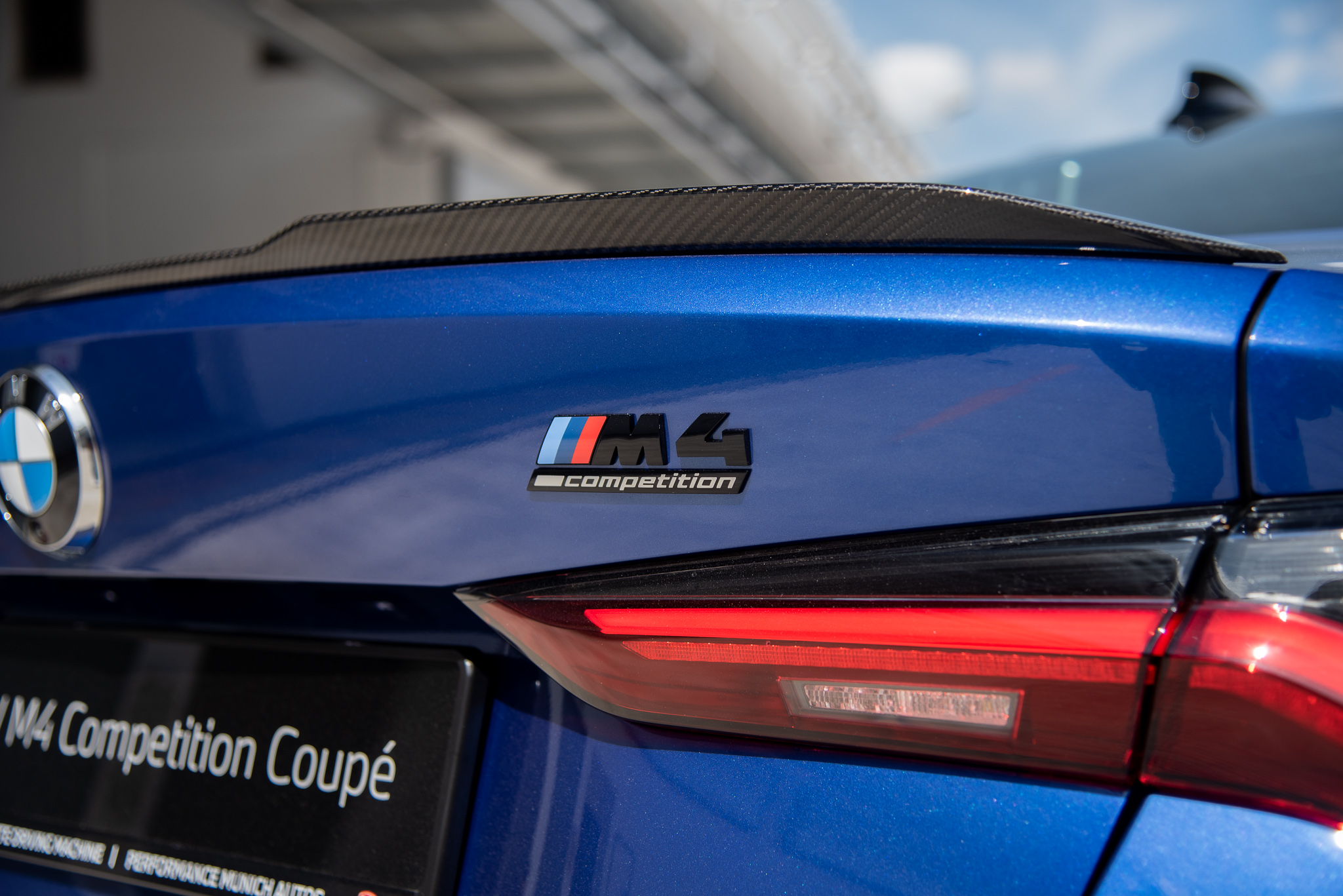
Impressive numbers, but the new G82-generation BMW M4 takes it a leap further in terms of sheer performance.
Under the hood of the latest G82-Generation M4 is BMW’s S58 engine. A twin-turbocharged 3.0-litre straight-six churning out 510 horsepower and 650NM of torque in this competition spec. The new M4’s stopping power comes from M compound brakes with 6 piston calipers in front and single pistons in the rear.
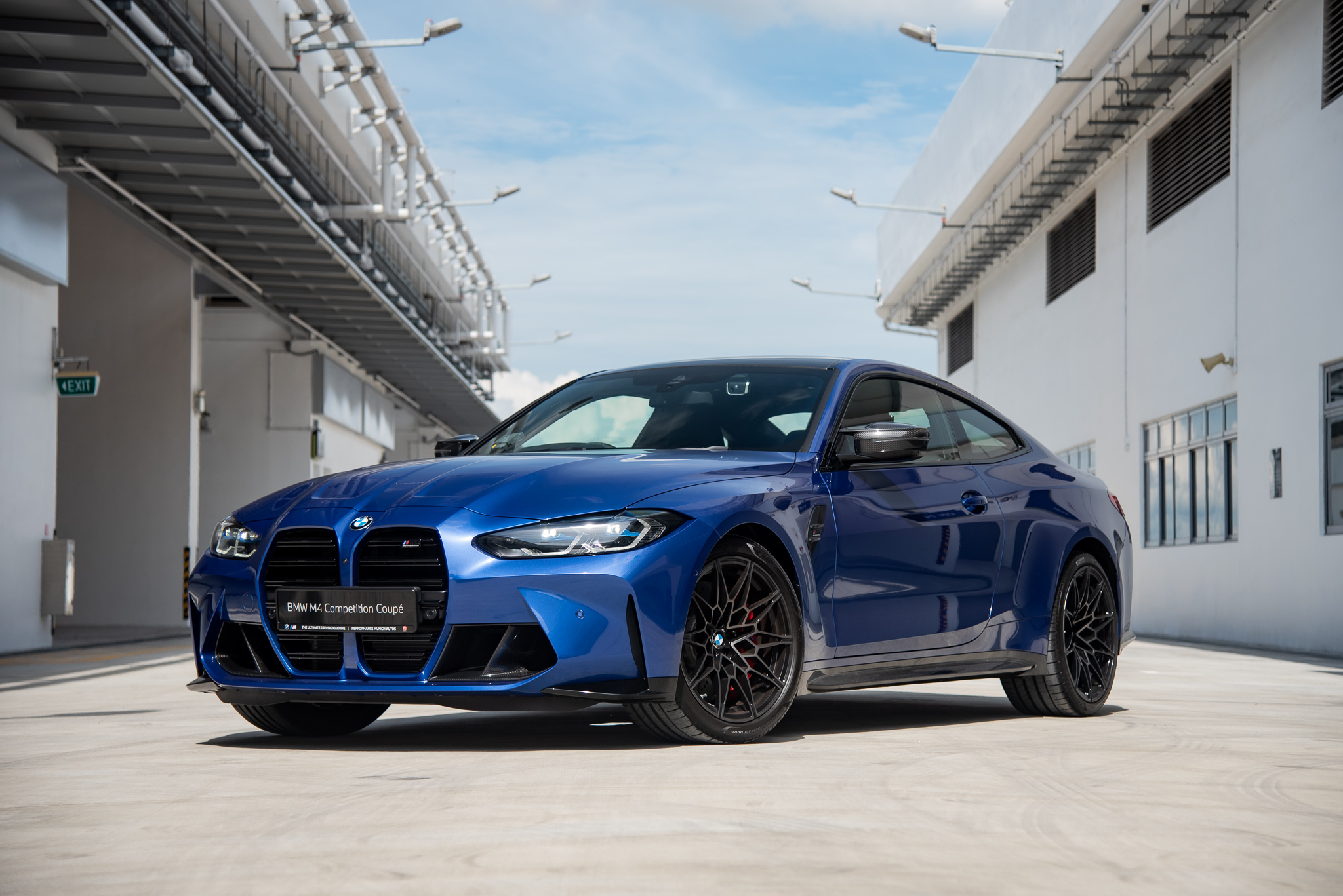
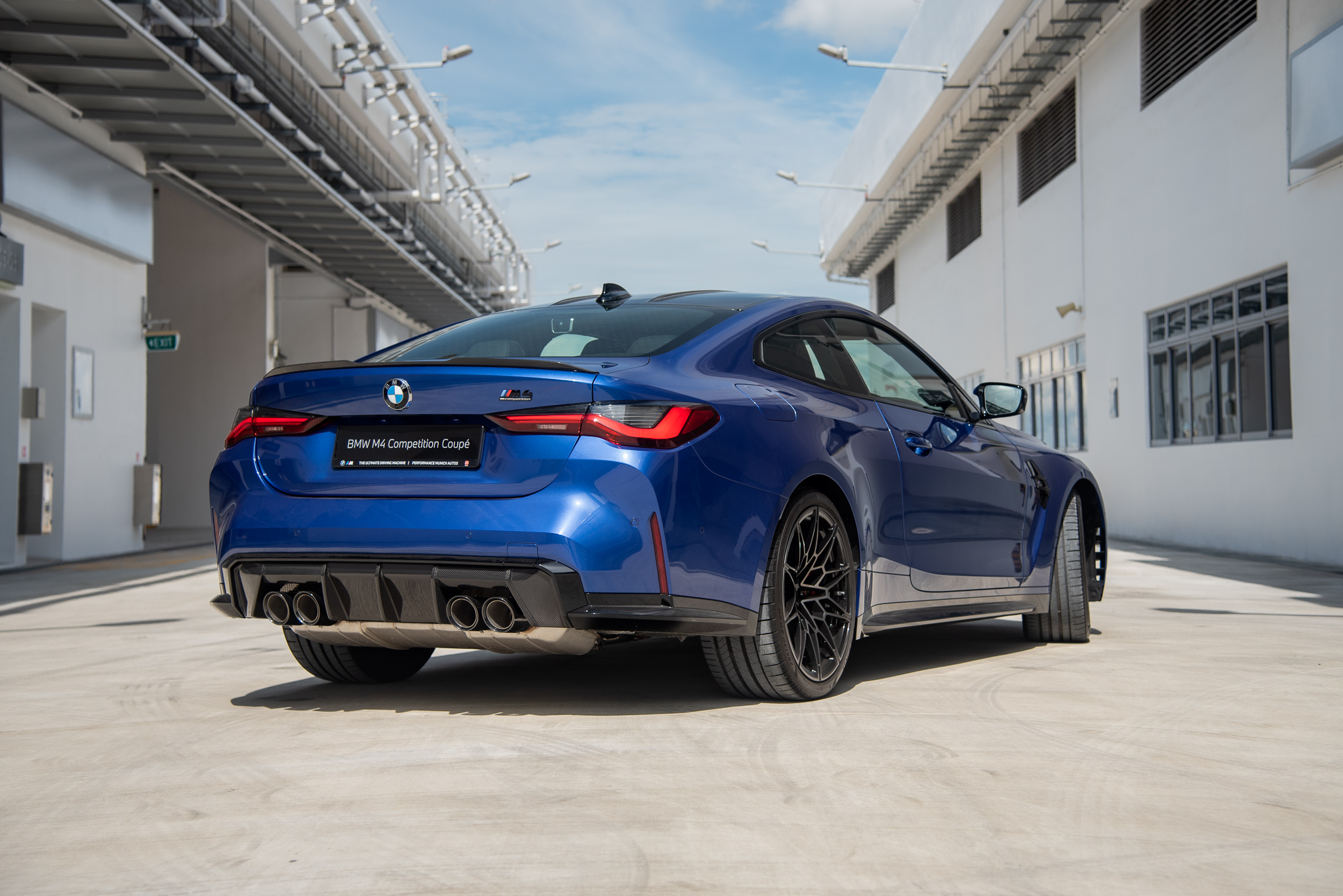
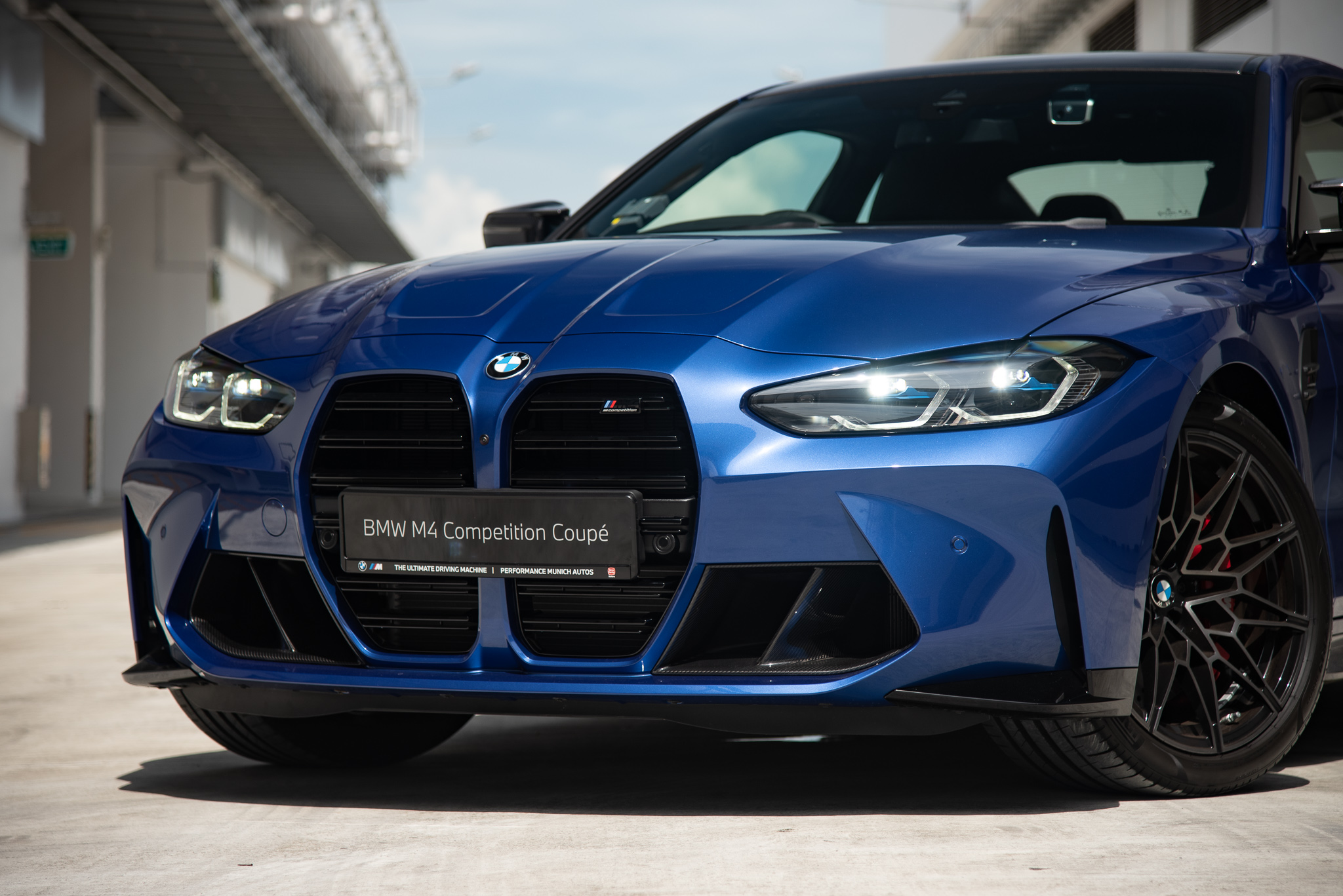
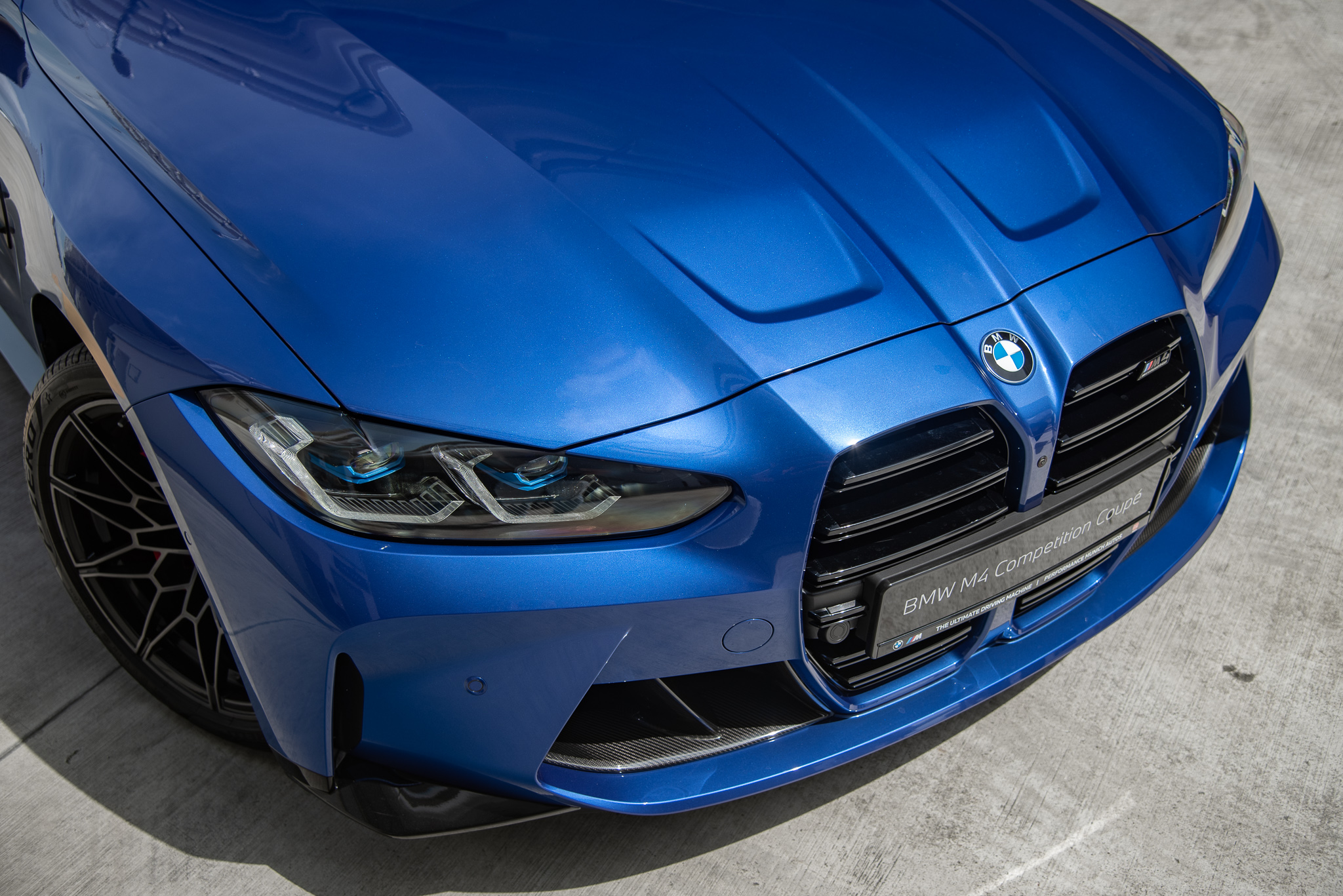
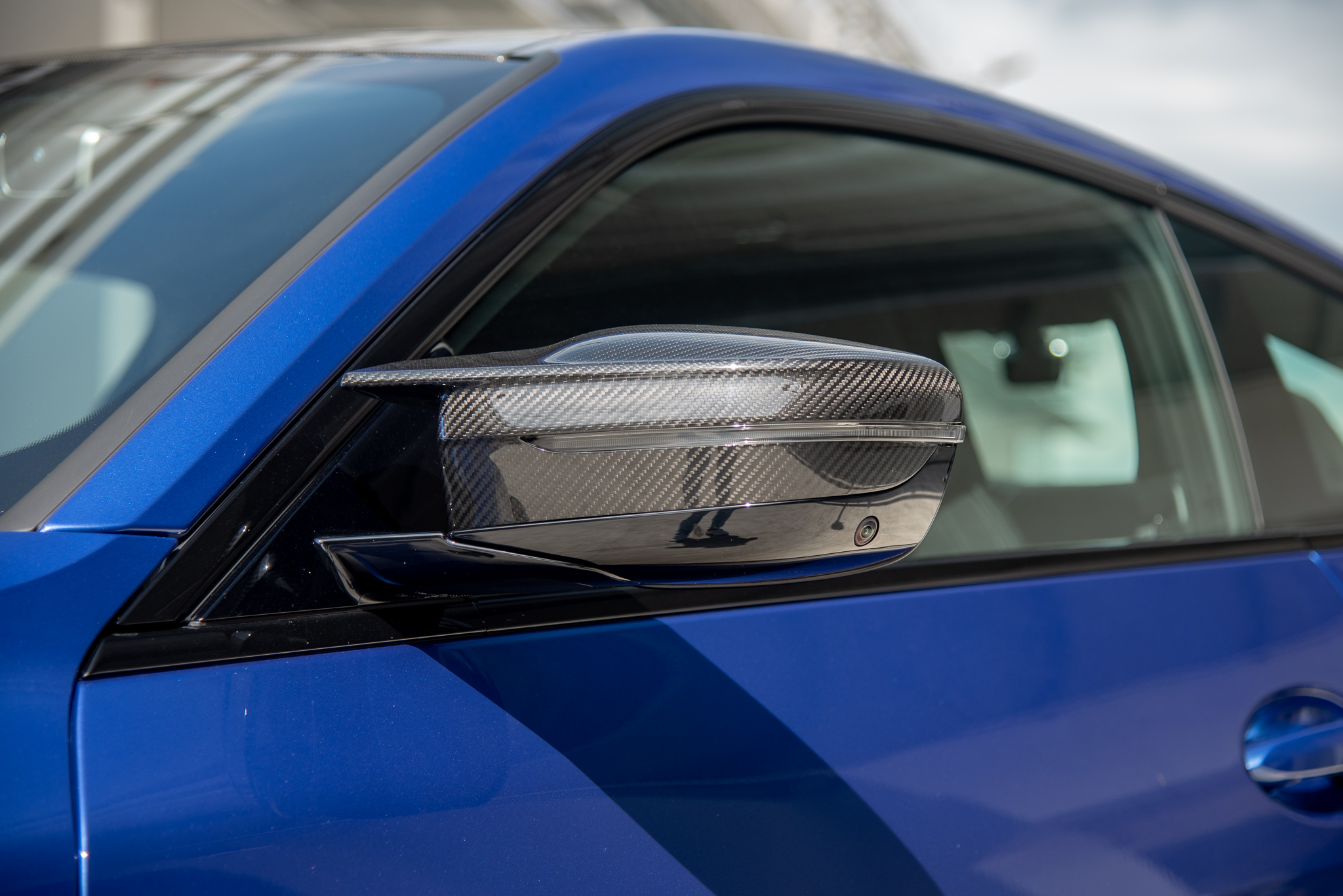
On the face of it, the M4 vaguely resembles a standard 4 Series with the aggression factor turned up to eleven. A large vertical gloss black grille gives away to carbon fibre vents and a more aggressively sculpted hood. As one would expect, the new M4 gets an obligatory carbon fibre roof.
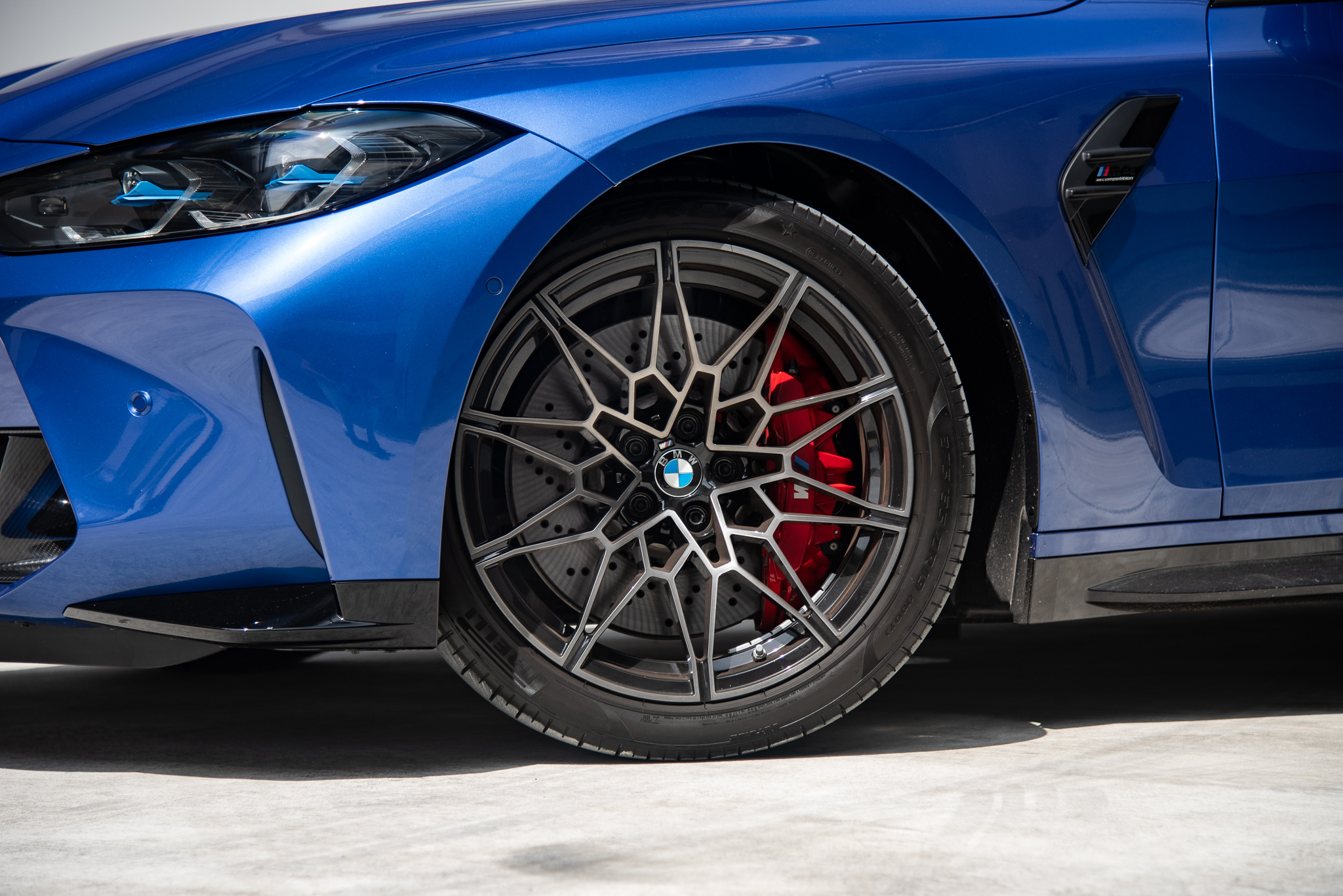
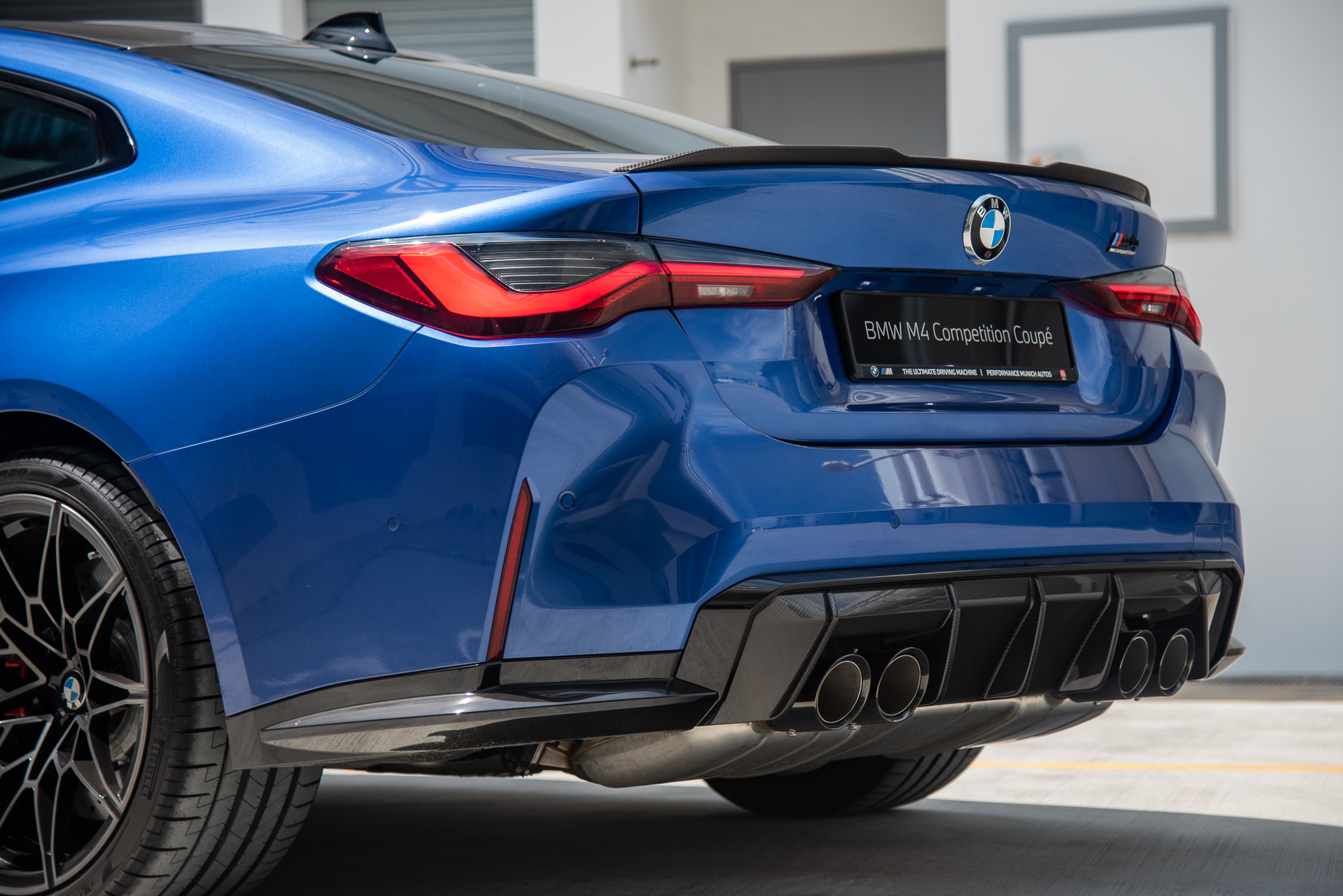
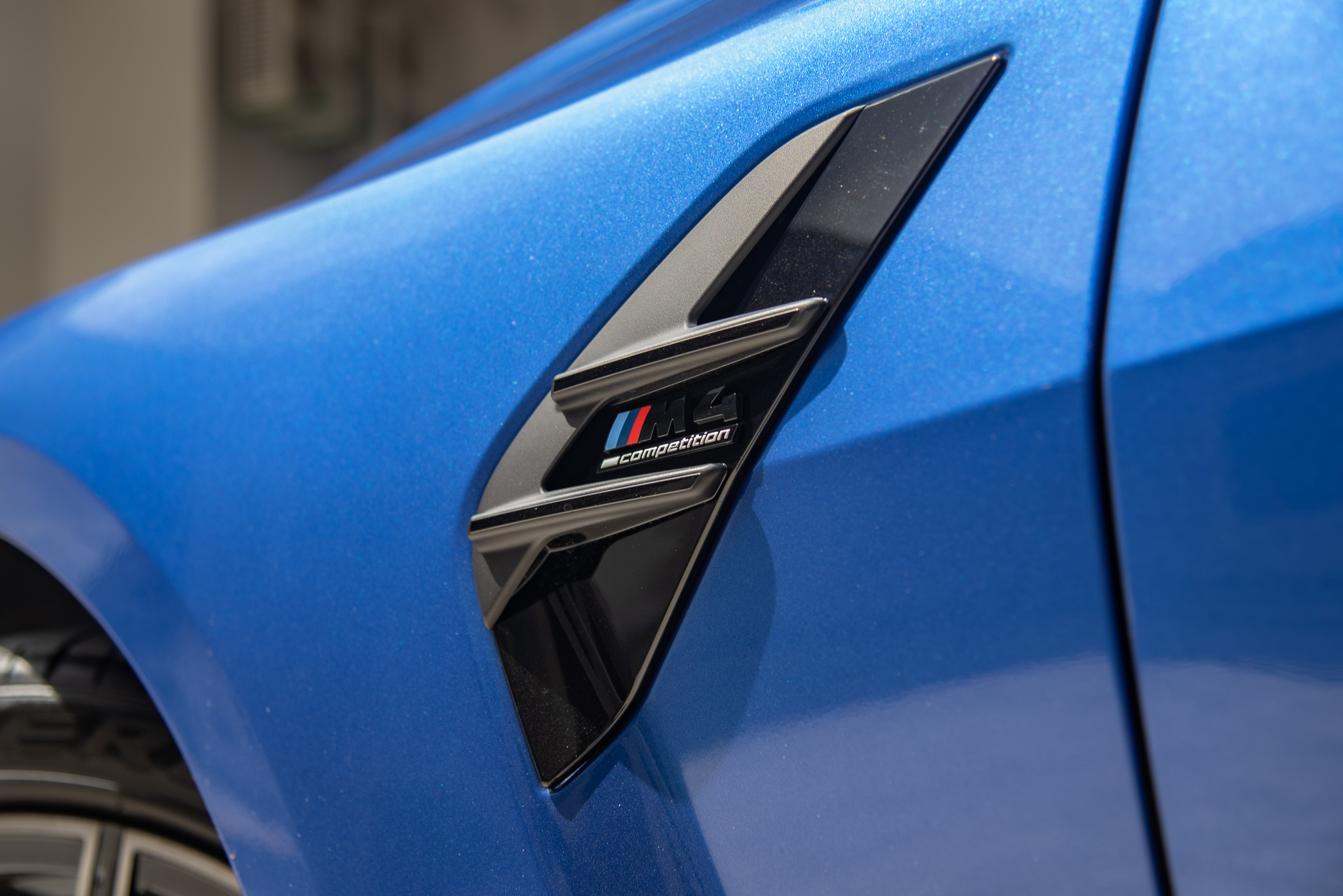
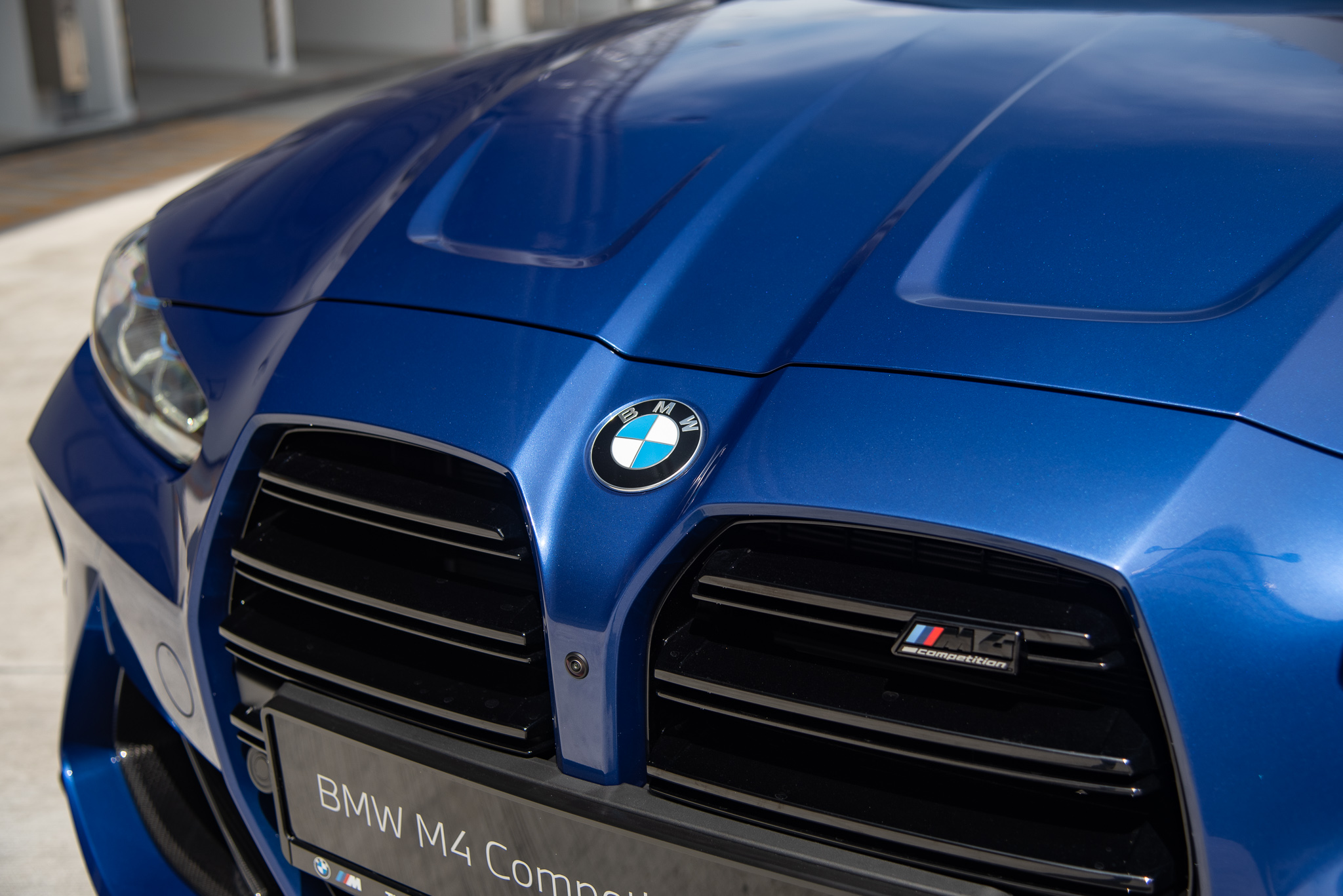
The front fenders sport the signature “vents” and the rear arches are more flared than the standard car. The car sports polished rims that are 19s in the front and 20s in the rear. A rear diffuser with quad tailpipes ties up the rear end to give the car an aggressive yet purposeful stance.
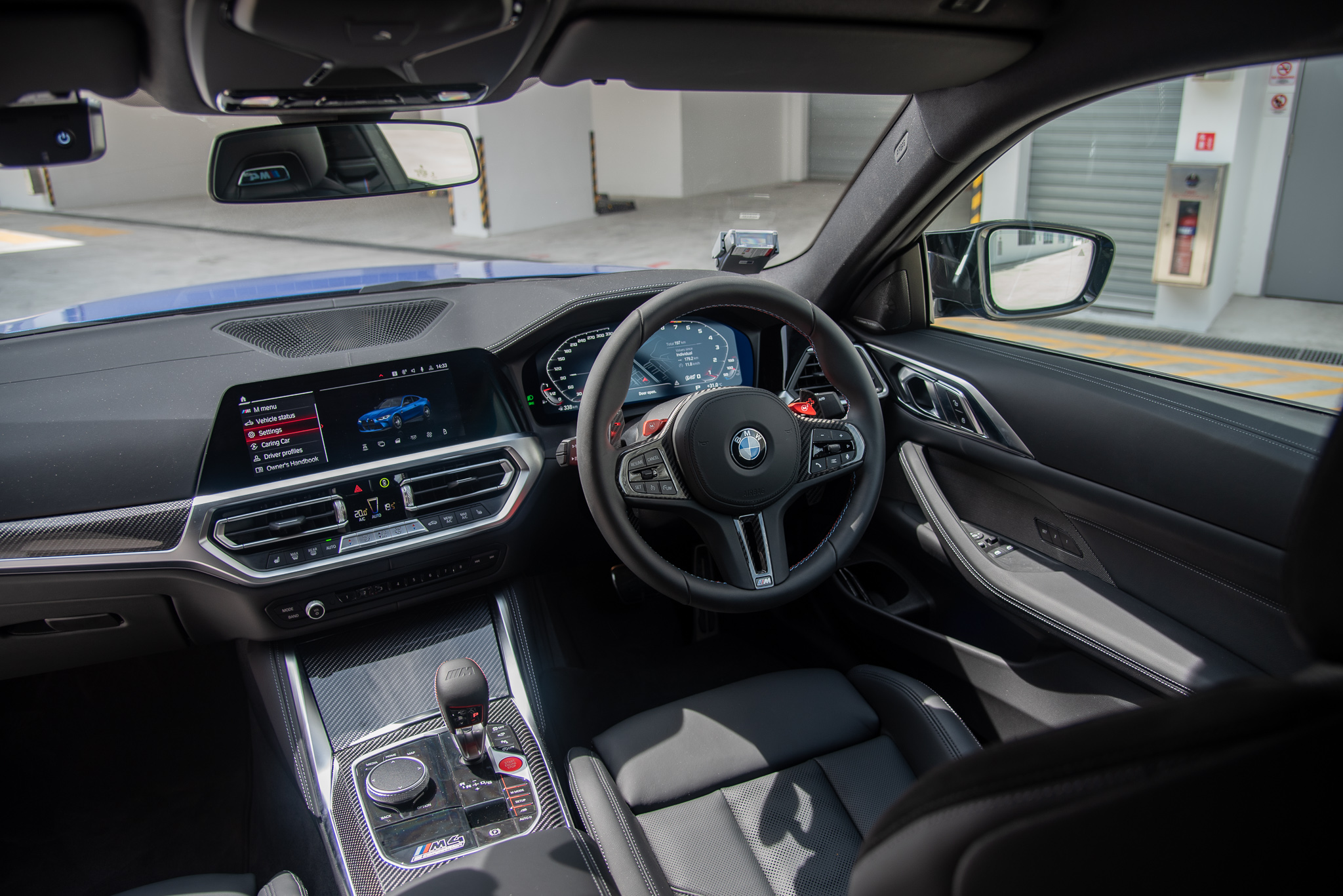
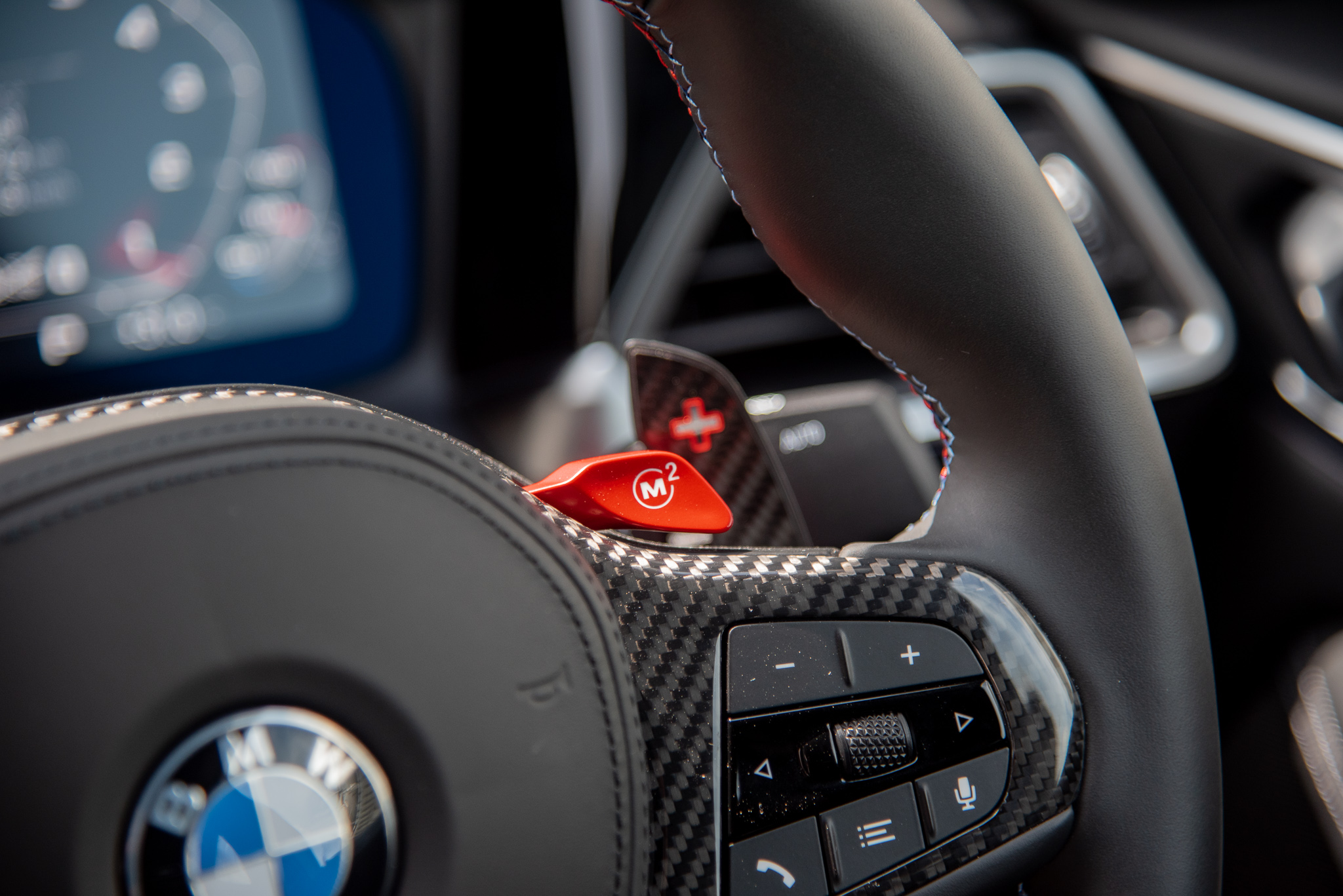
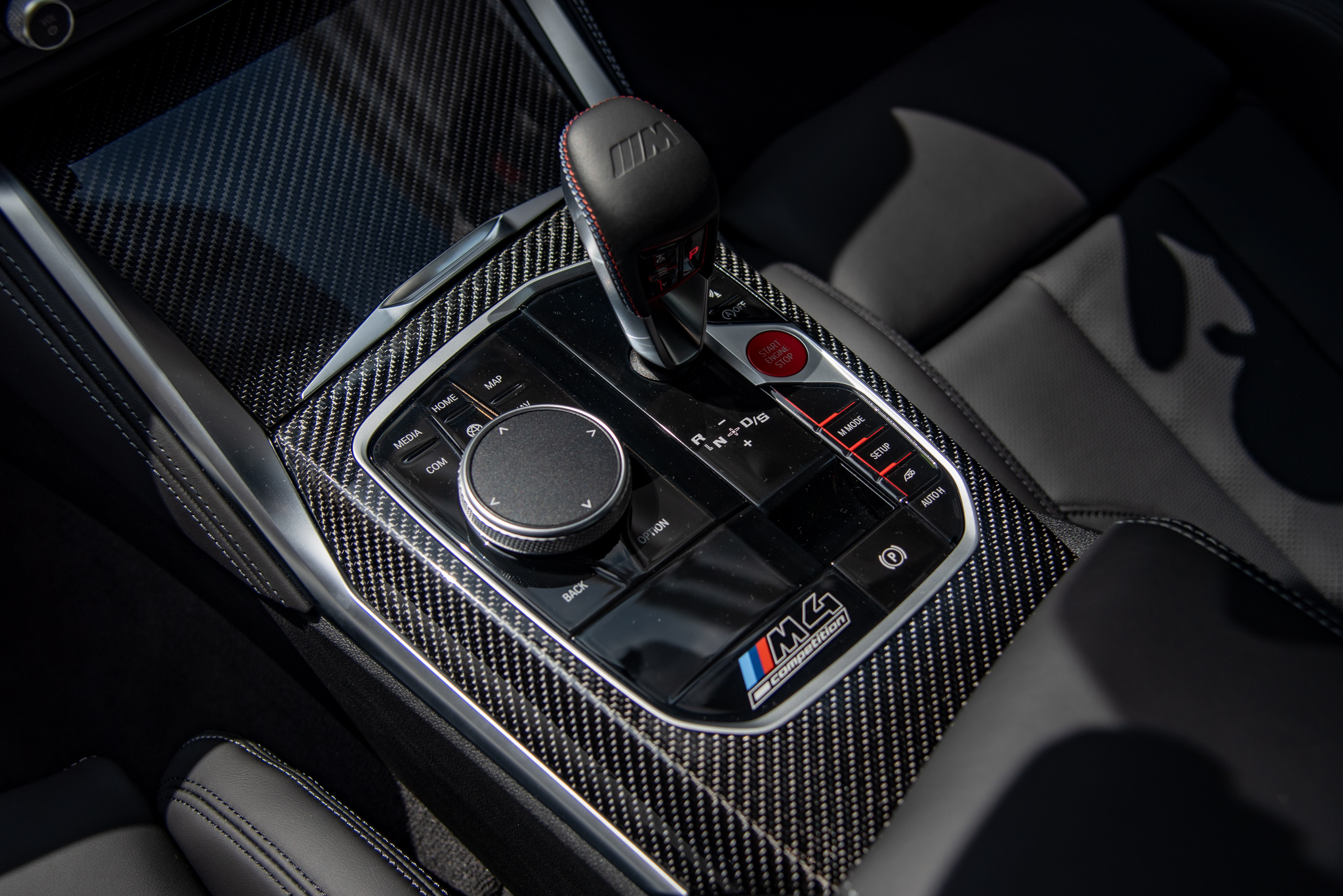
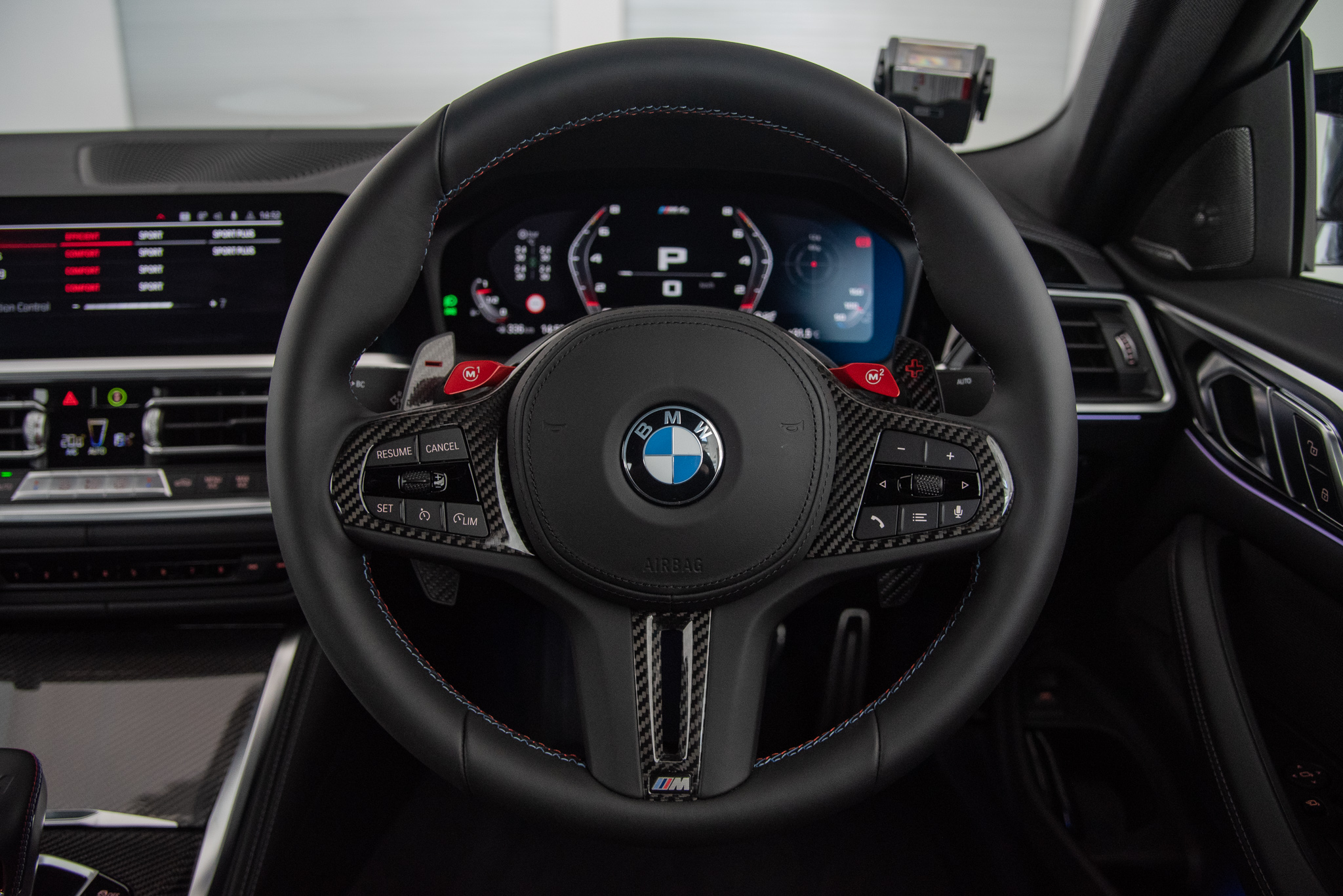
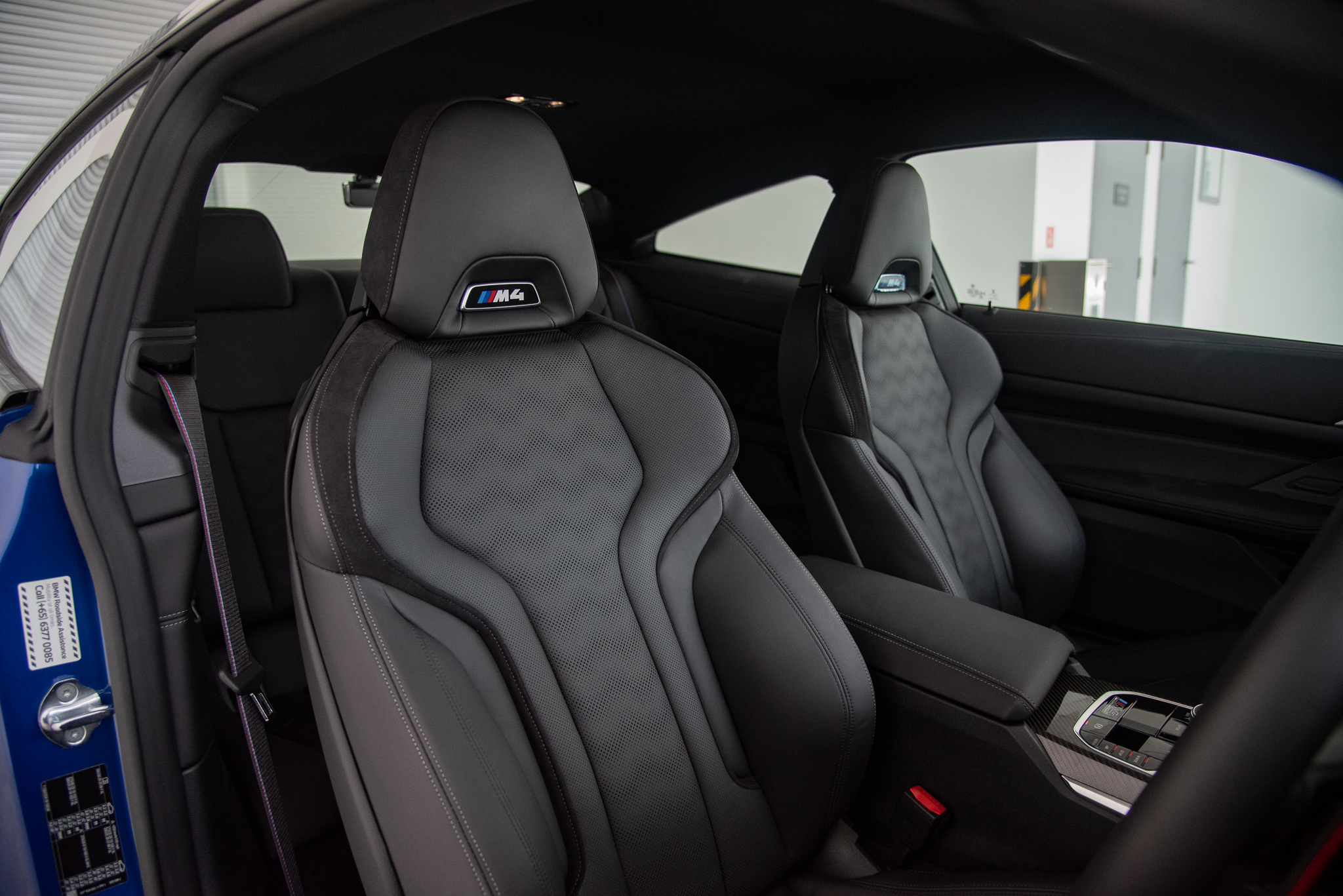
The interior sees lashings of carbon fibre on the dash, steering wheel, centre console and even the paddle shifters. The drive selector cluster features a suite of dedicated buttons for switching between drive modes quickly or calibrating personalised drive settings. Additionally, there are two dedicated M mode buttons set atop the steering wheel spokes.
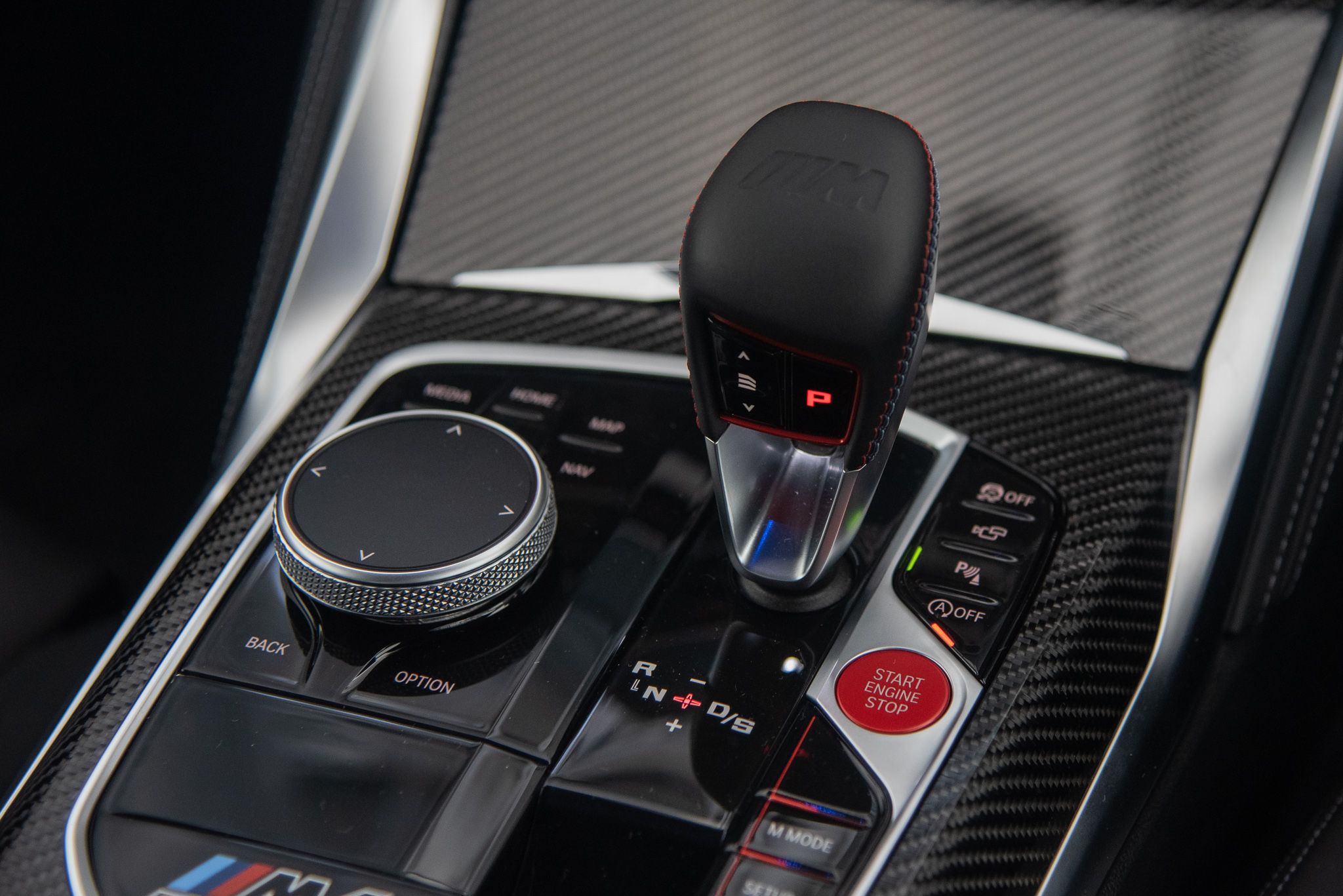
The G82 M4 comes with an 8-speed M Steptronic torque converter gearbox, unlike the dual-clutch unit in the prior F82-Gen M4. But it’s faster to 100km/h. This M4 Competition does it in 3.9 seconds. The intensity and speed of the gear shifts can also be modulated by a push of the Drivelogic button on the shifter.
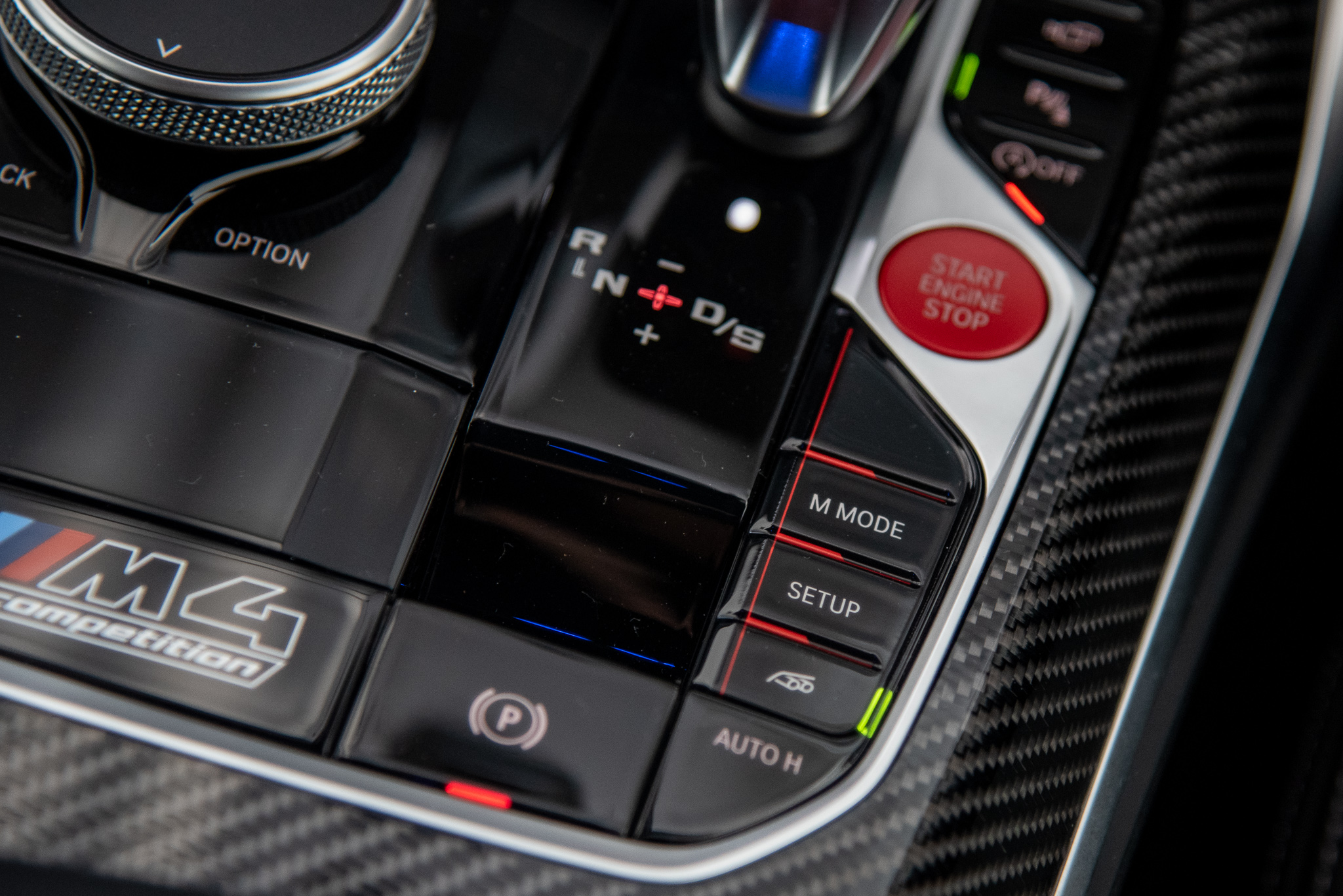
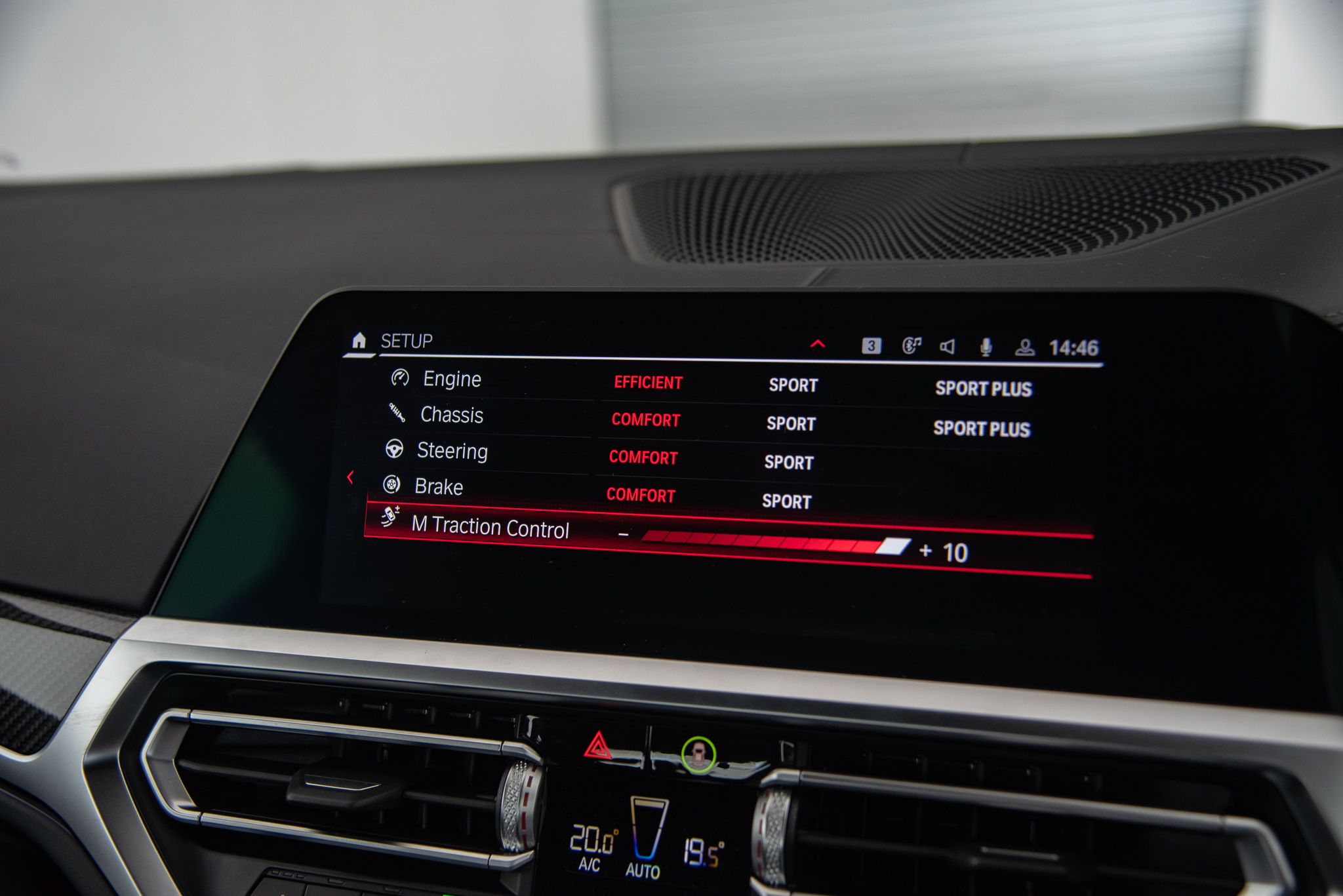
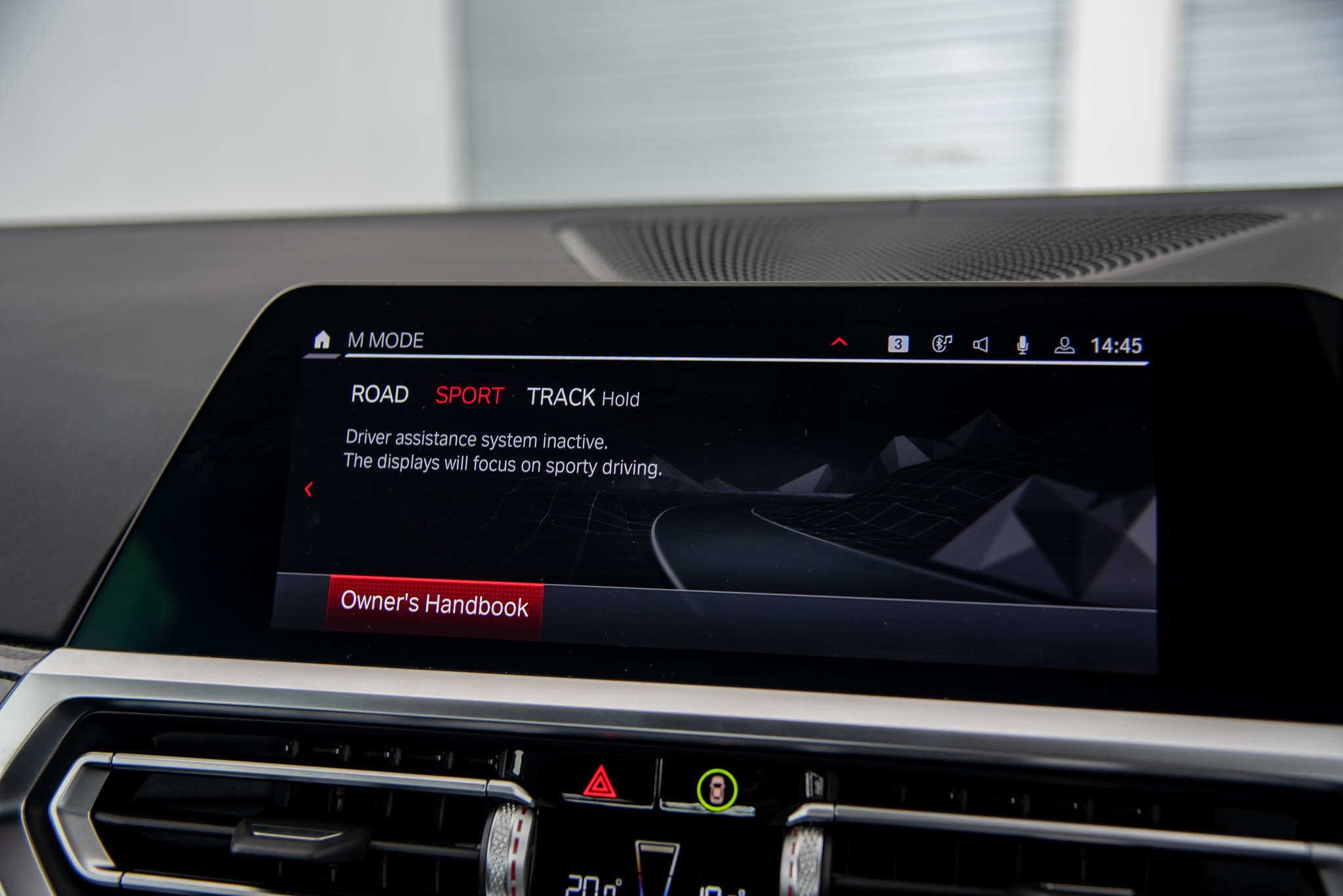
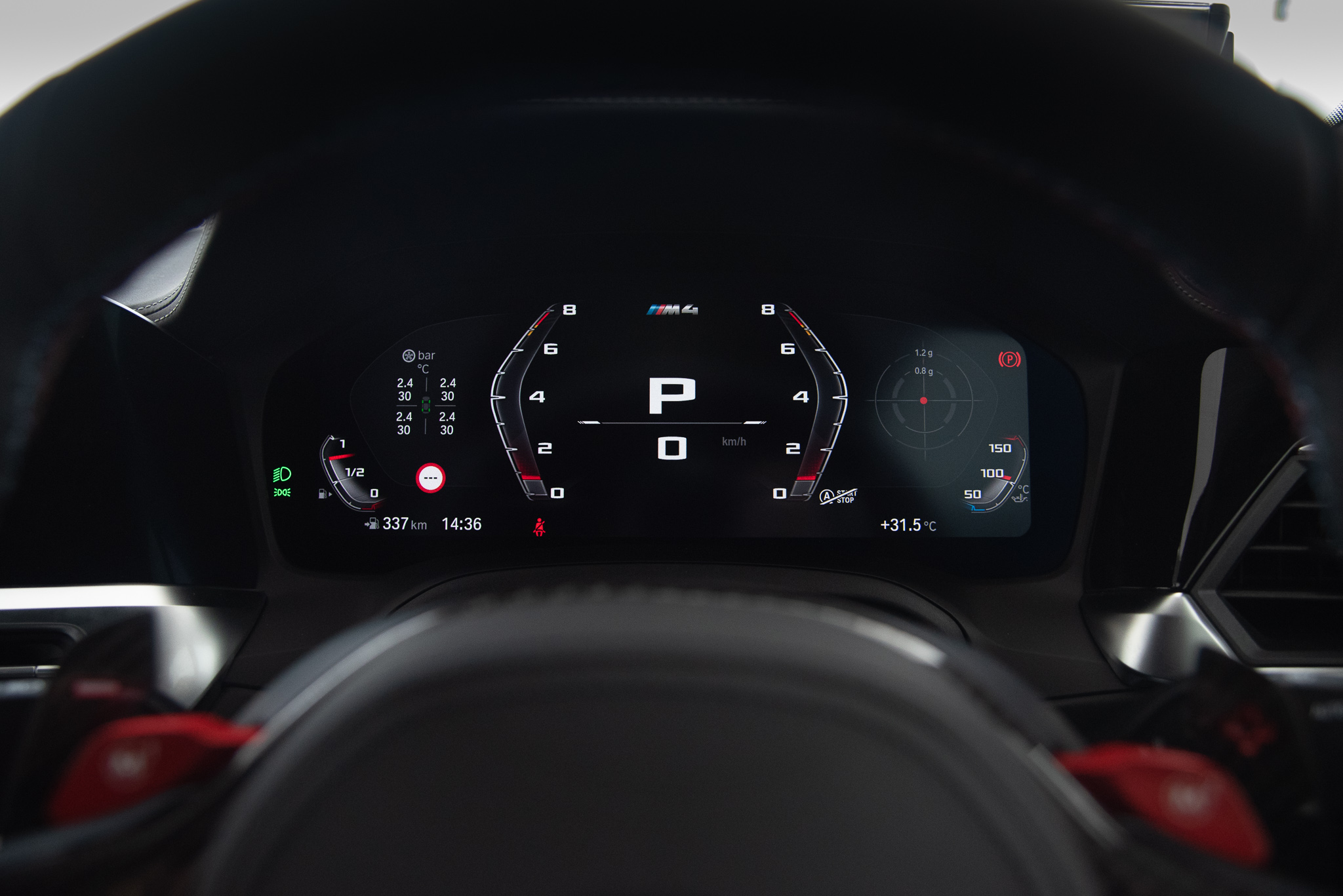
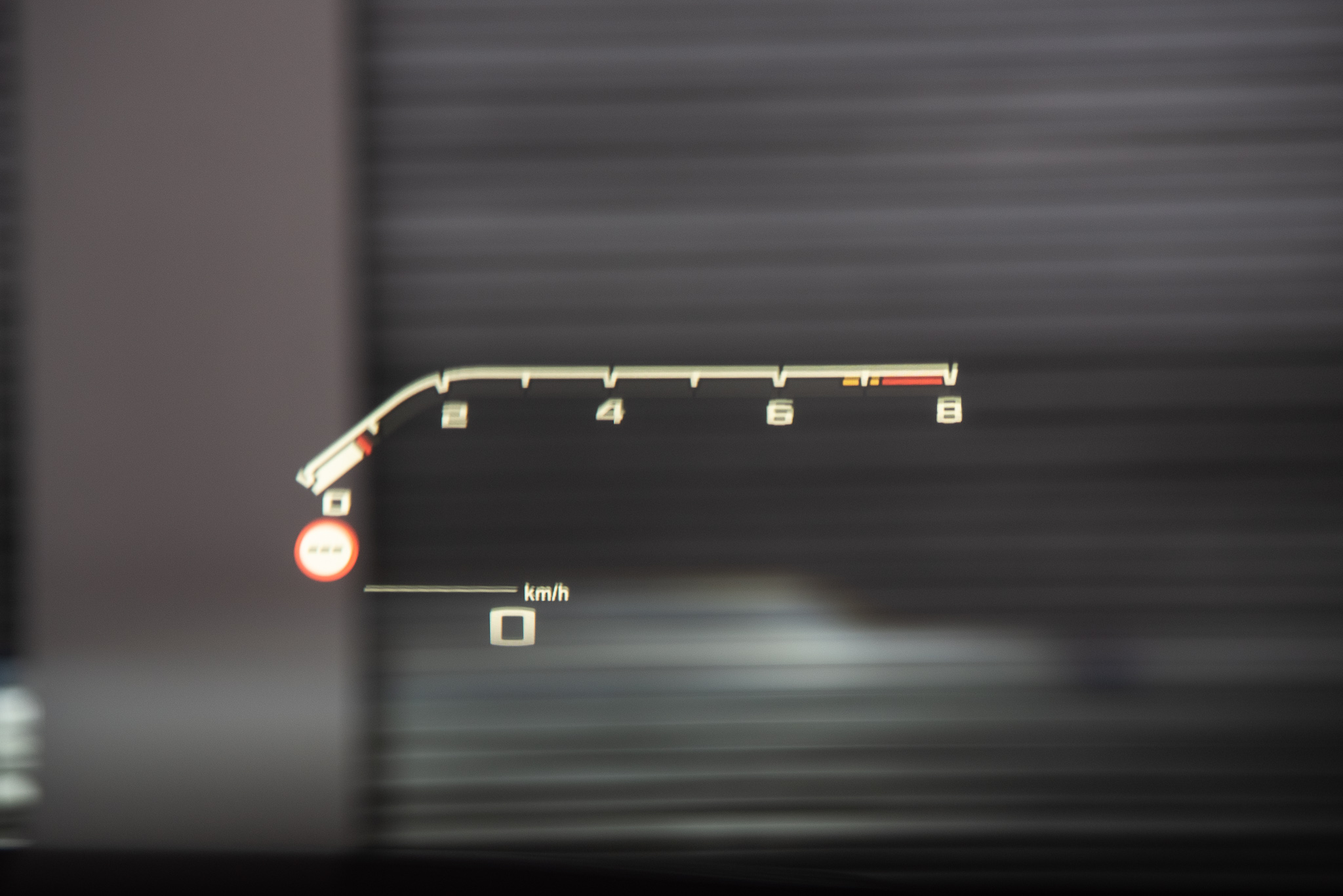
The new M4 has several drive modes for one to choose from, including a dedicated “Track” mode that shuts off the infotainment screen and displays all critical information on the digital instrument cluster.
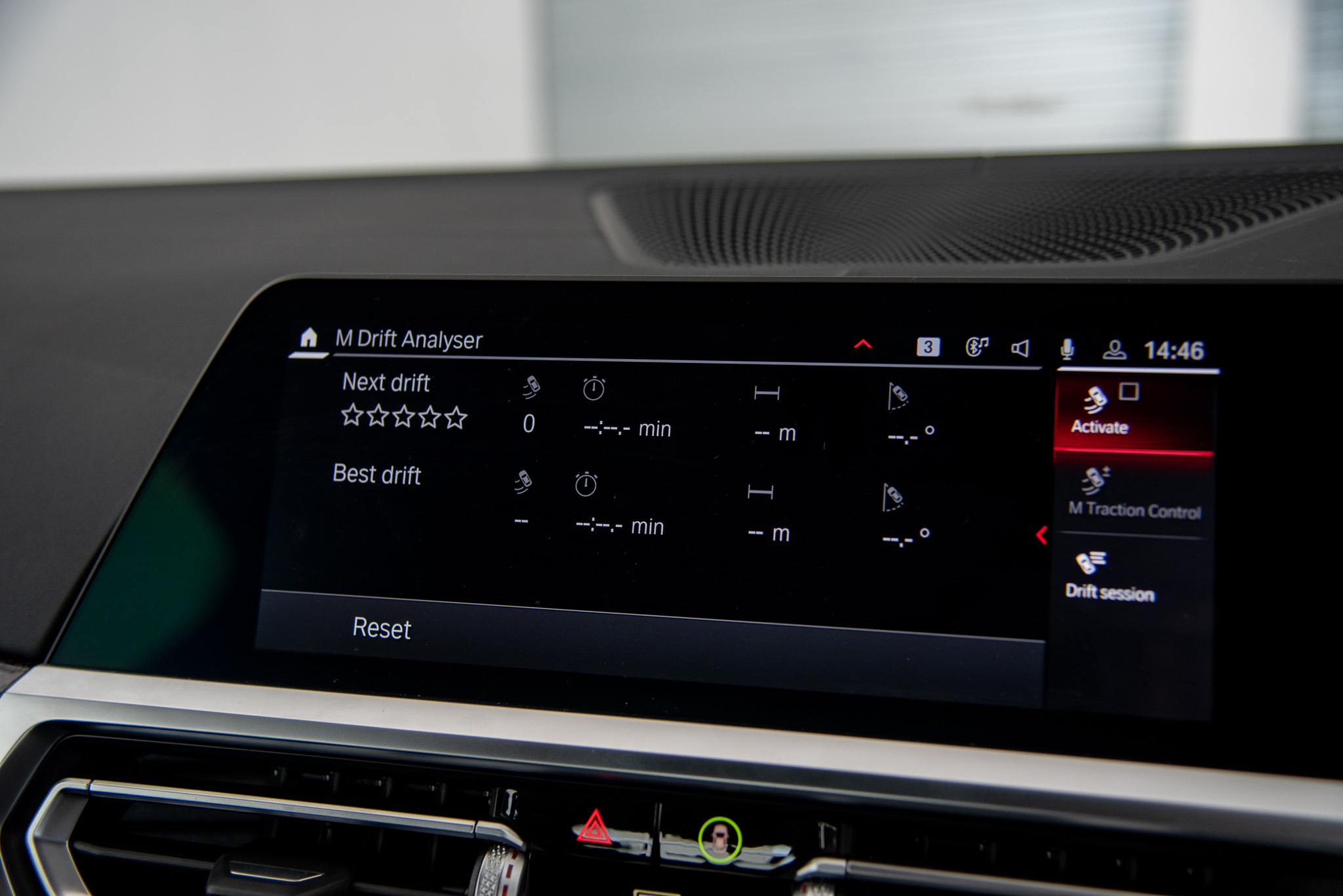
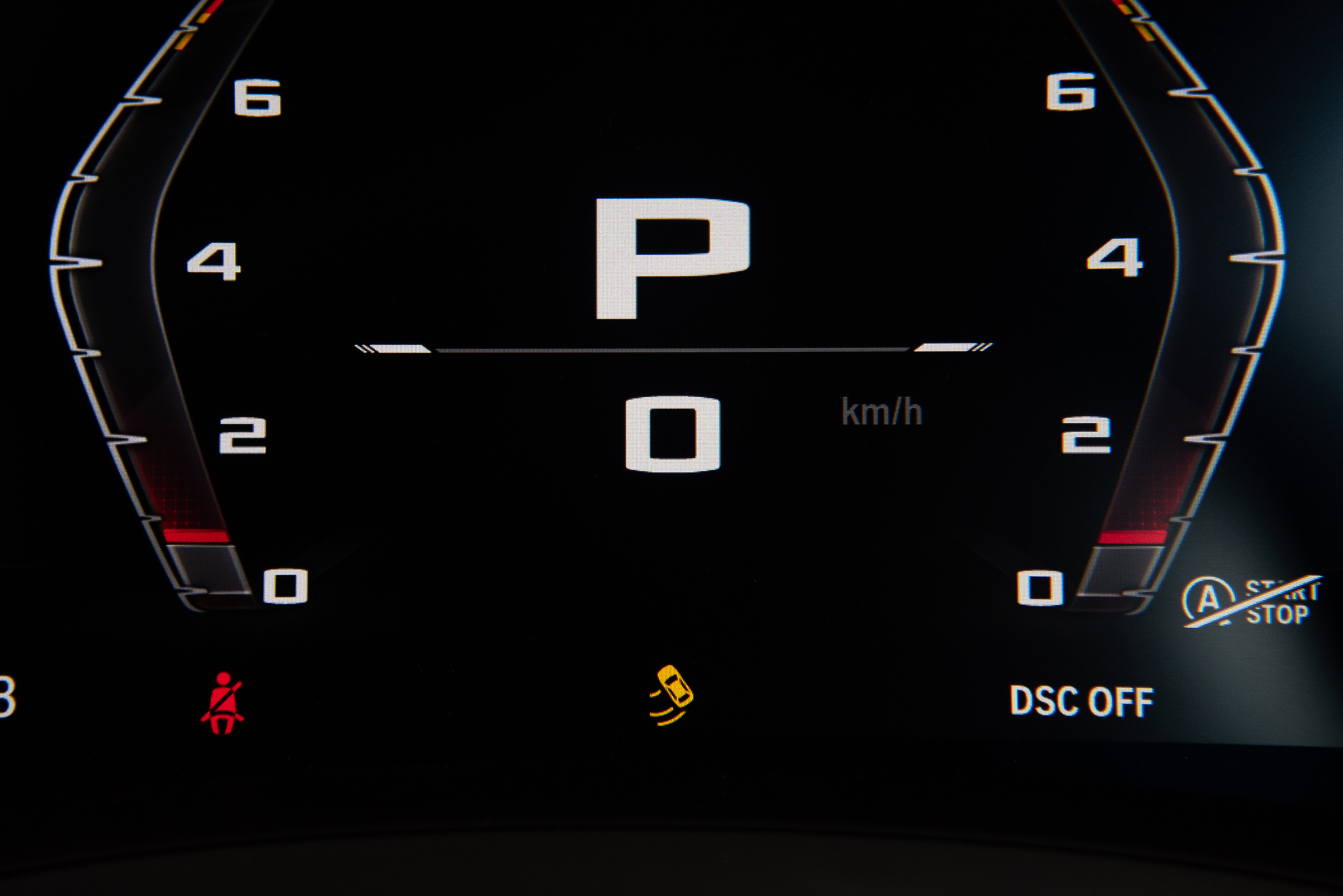
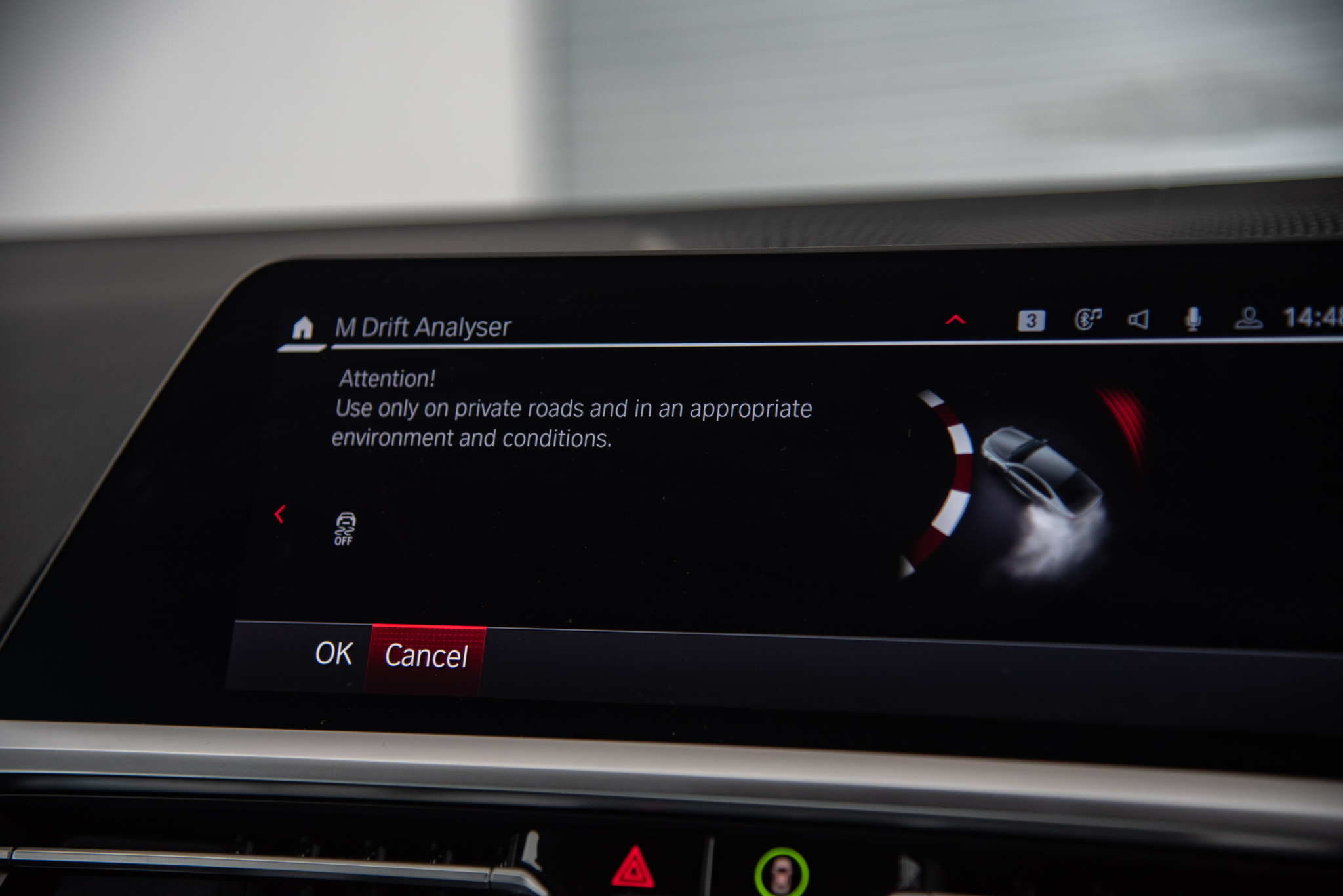
The new M4 also comes with an in-built M Drift analyser that allows drivers to toggle the degree of M Traction Control from 0 for no aids to 10 for some degree of assistance. The system monitors drift angle and duration award the driver a maximum of 5 stars depending on the level of electronic intervention required.
But of course, this should only be done in a controlled circuit environment.
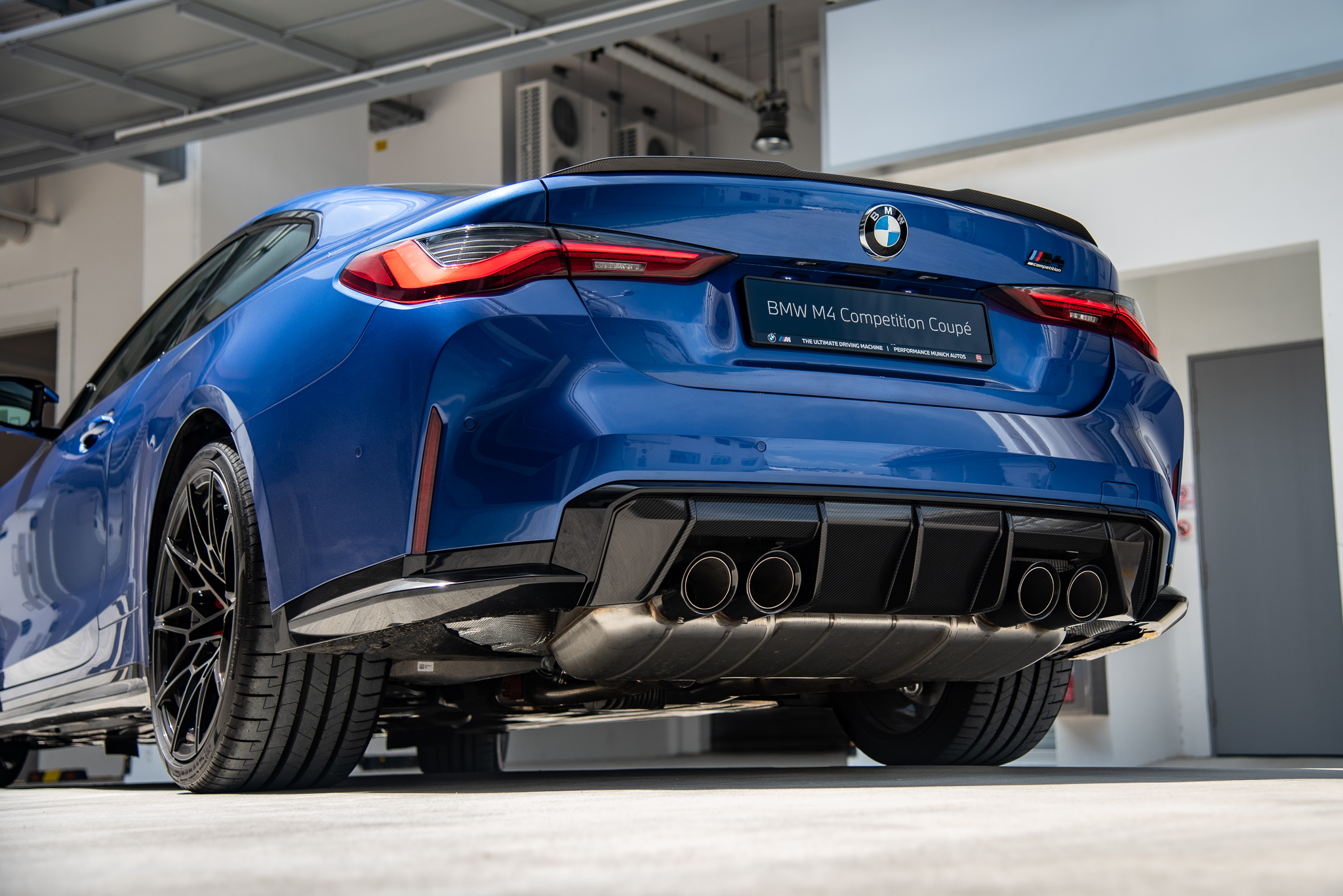
It’s quite amazing to see how the M4 has evolved through the ages. What started out as a homologation special is now a track-ready performance coupe for the masses. And it is blisteringly quick.
PHOTOS Jay Tee & BMW
BMW (G82) M4 Competition Coupe
Engine 2993cc, inline6, twin-turbo
Power/rpm 510hp at 6250rpm
Torque/rpm 650Nm/2750-5500rpm
Transmission 8spd M Steptronic auto
0-100km/h 3.9secs
Top Speed 250km/h (electronically-limited, 290km/h with M Driver’s package)
Fuel Consumption 9.9-10.2l/100km (combined)
CO2 227-233g/km






